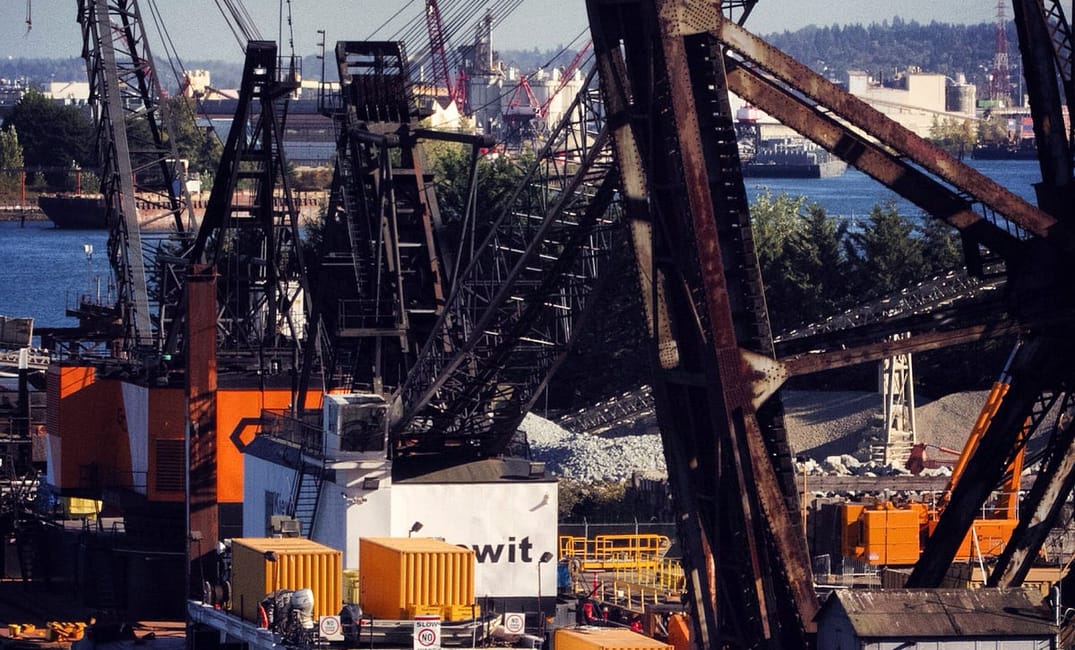Everyone leaves San Francisco. They get broke, get a job, get married, get kids, get old or get dead. And at that point, they definitely get out. If you think it’s hard to get an apartment, try getting a grave. The city hasn’t had an active cemetery since 1902. Leave your heart if you must, but go take the rest of yourself somewhere else.
Anyway, no matter how much you love our fair city, something, at some point, will make you consider leaving. And it’s not like there aren’t other places to go.
There’s no ignoring Los Angeles. Sacramento would like you to know that it’s available. And Portland is the city that wants to be noticed for just how much it doesn’t care.
But Seattle is so genuinely, refreshingly fresh out of fucks. Other cities like to brand themselves as an apparel or a lifestyle, but Seattle skipped straight to an image solution before it ever developed a problem. There’s good reason the city is the birthplace of grunge: the style of nonchalant, good-enough and zero fucks to give.

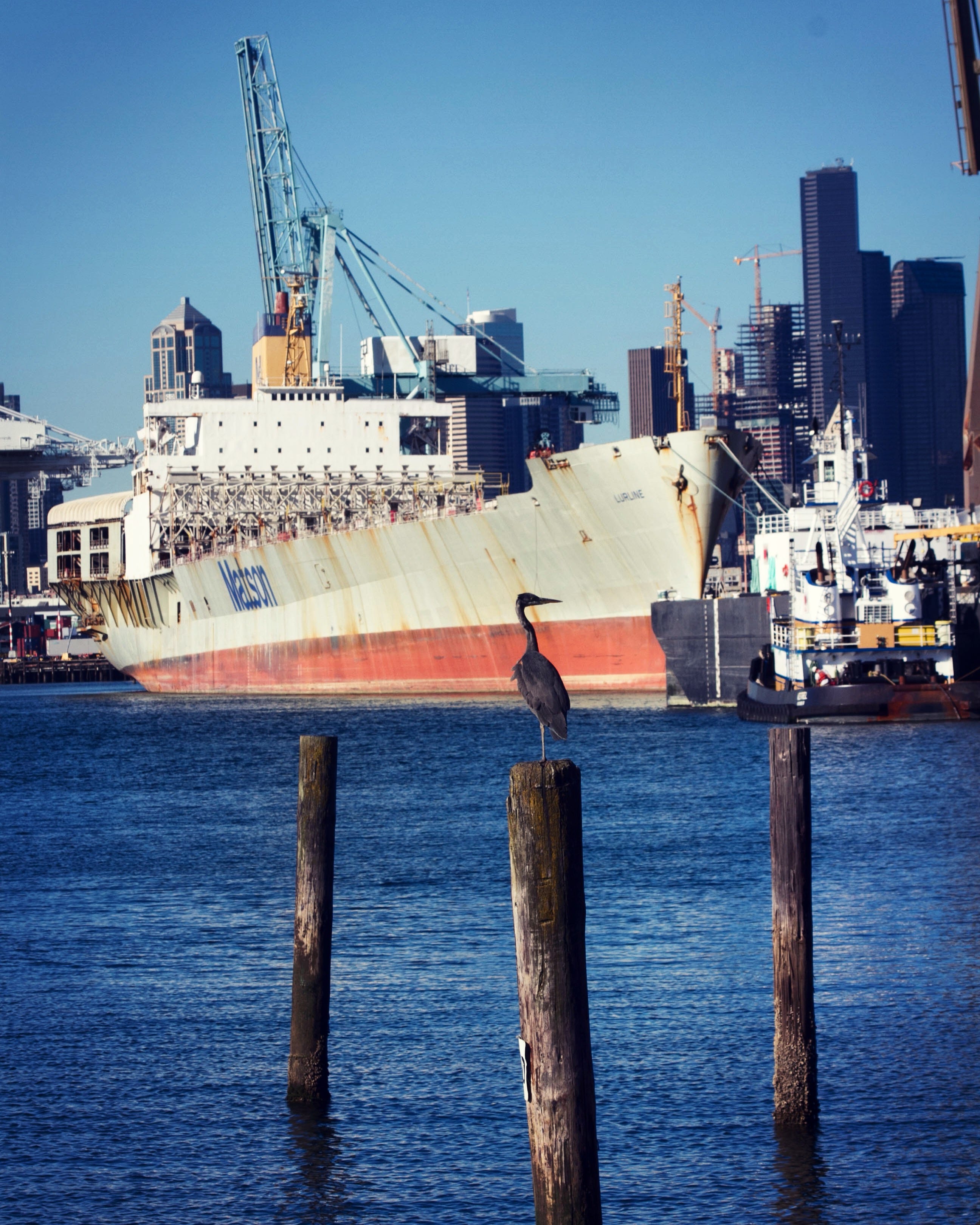
Seattle is dirty in all the right ways. The freight yards of the Industrial District, the Alaska Way Viaduct, the old electrical generators of Gasworks Park and those corridors of cranes and steel trestles that line the canals. Yet even with so much exposed urban underbelly,I don’t remember even once having tostep around shit.
Both San Francisco and Seattle are collections of neighborhoods on hills. Both have exceptionally stunning views and share similar politics. And both are postindustrial ports that have largely transitioned to tech.
But our respective cities are cousins, not copies. San Francisco has always been a bit too preoccupied with wondering just what the rest of the world has remembered to think of it on a given day. Seattle is a gesture: a shrug followed by a slouching shuffle away in the rain.
Still, many of the things that people value about San Francisco are present in Seattle too. (Or close enough.) So if you’re thinking of ditching the Bay for the Sound (or the other way around), here are a few rough counterparts to help with the move:
Capitol Hill
San Francisco ’hood equivalent: Mission, Castro, Duboce Triangle

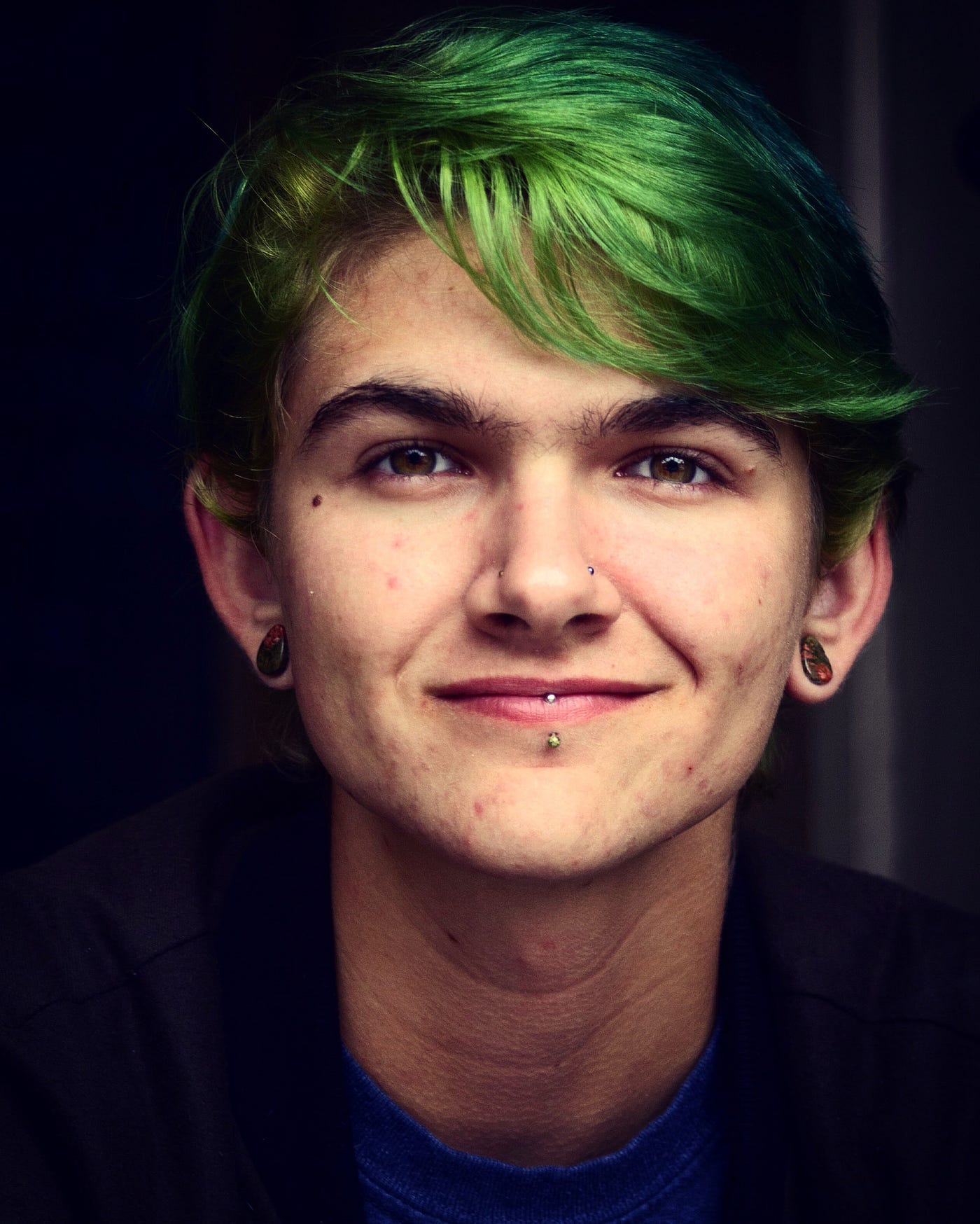
I’ve never quite felt that I have the right kind of cool — or is it uncool? — that the Mission seems to require. And the Castro always leaves me feeling steamrolled by the rainbow. But Capitol Hill feels somewhere between the two — Church Street or Duboce? — and just the right mix of unironic business and sincere self-expression. A place with no single definition, where the beautiful and gender-ambiguous can go to find love and a tattoo salon.
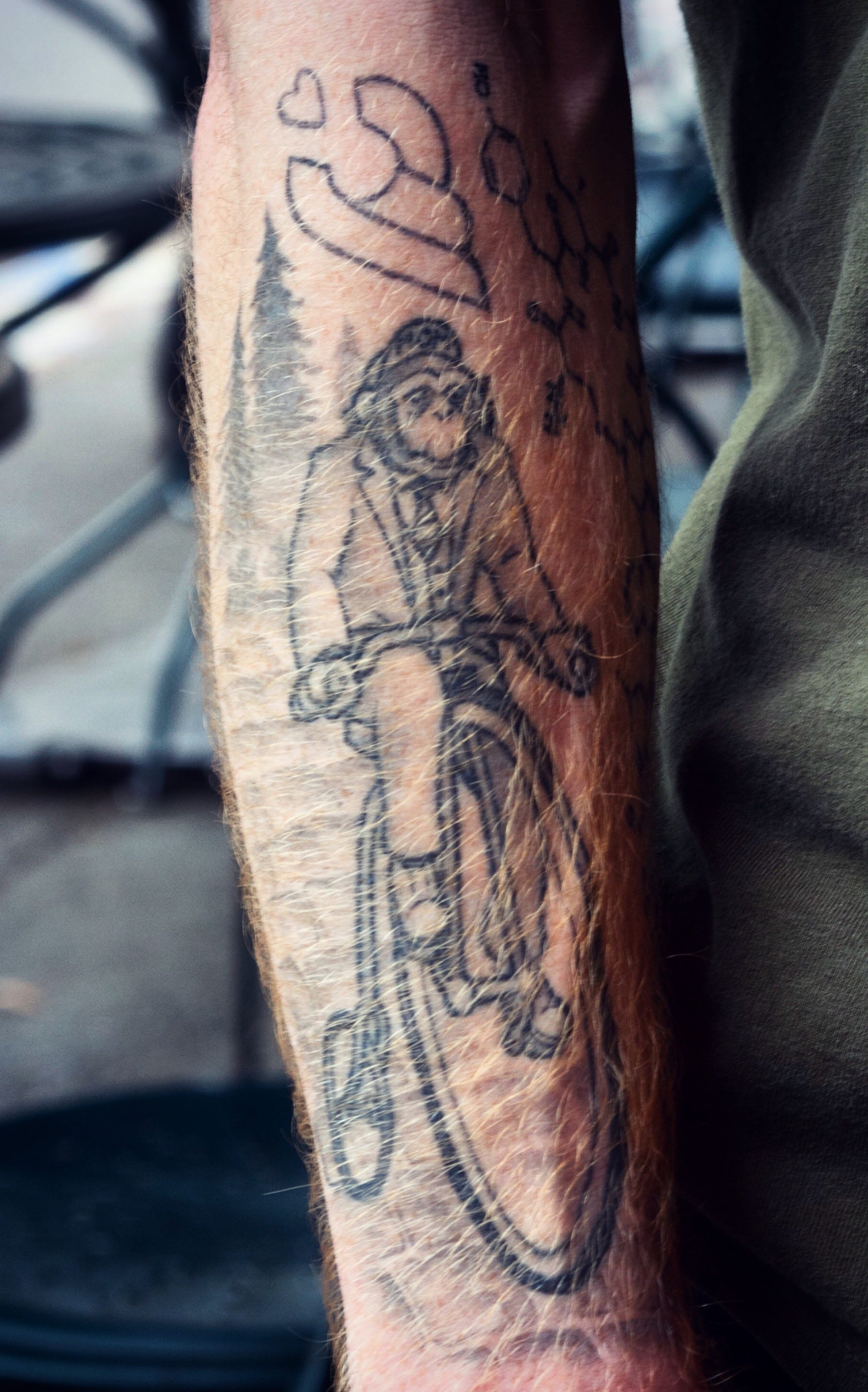
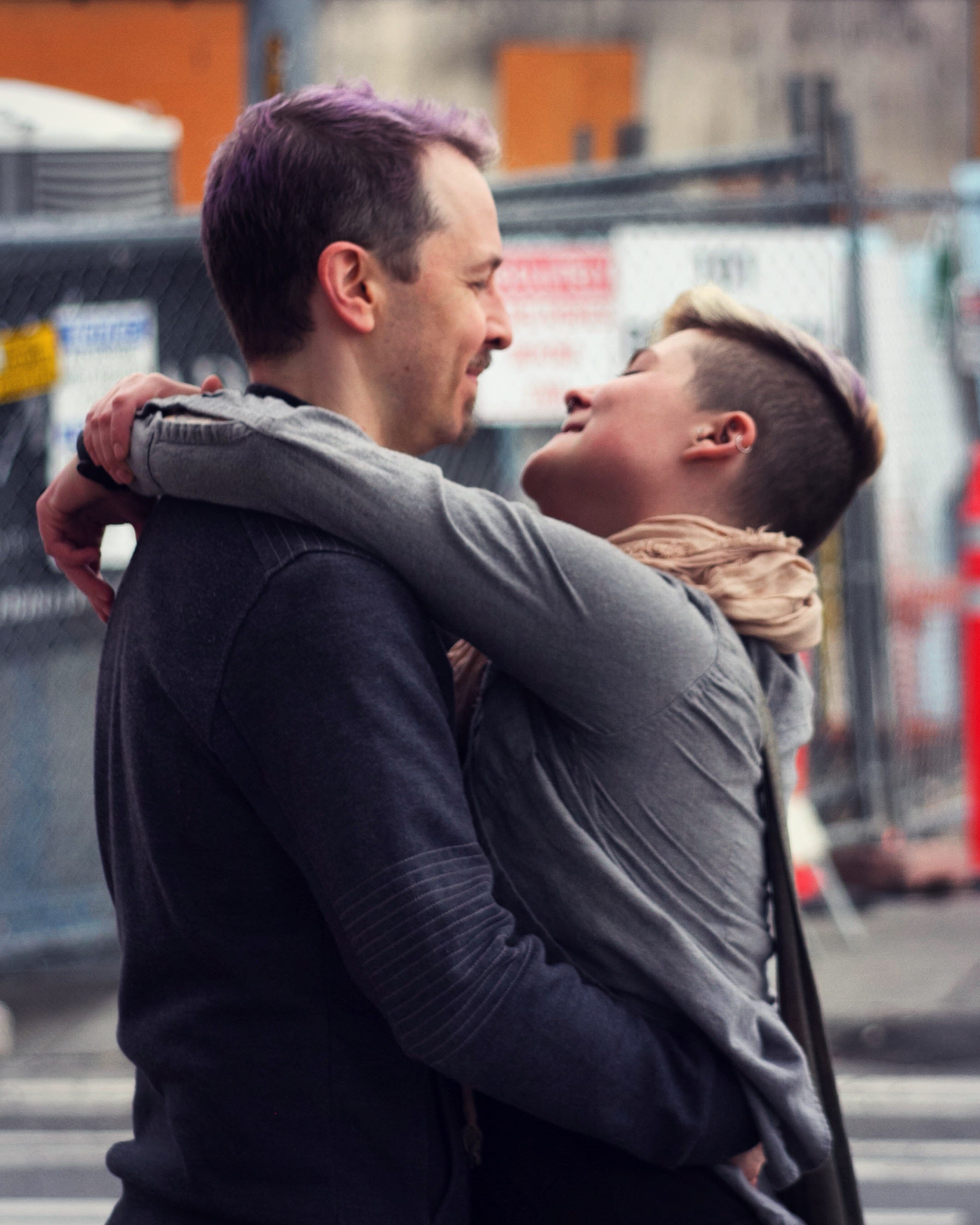




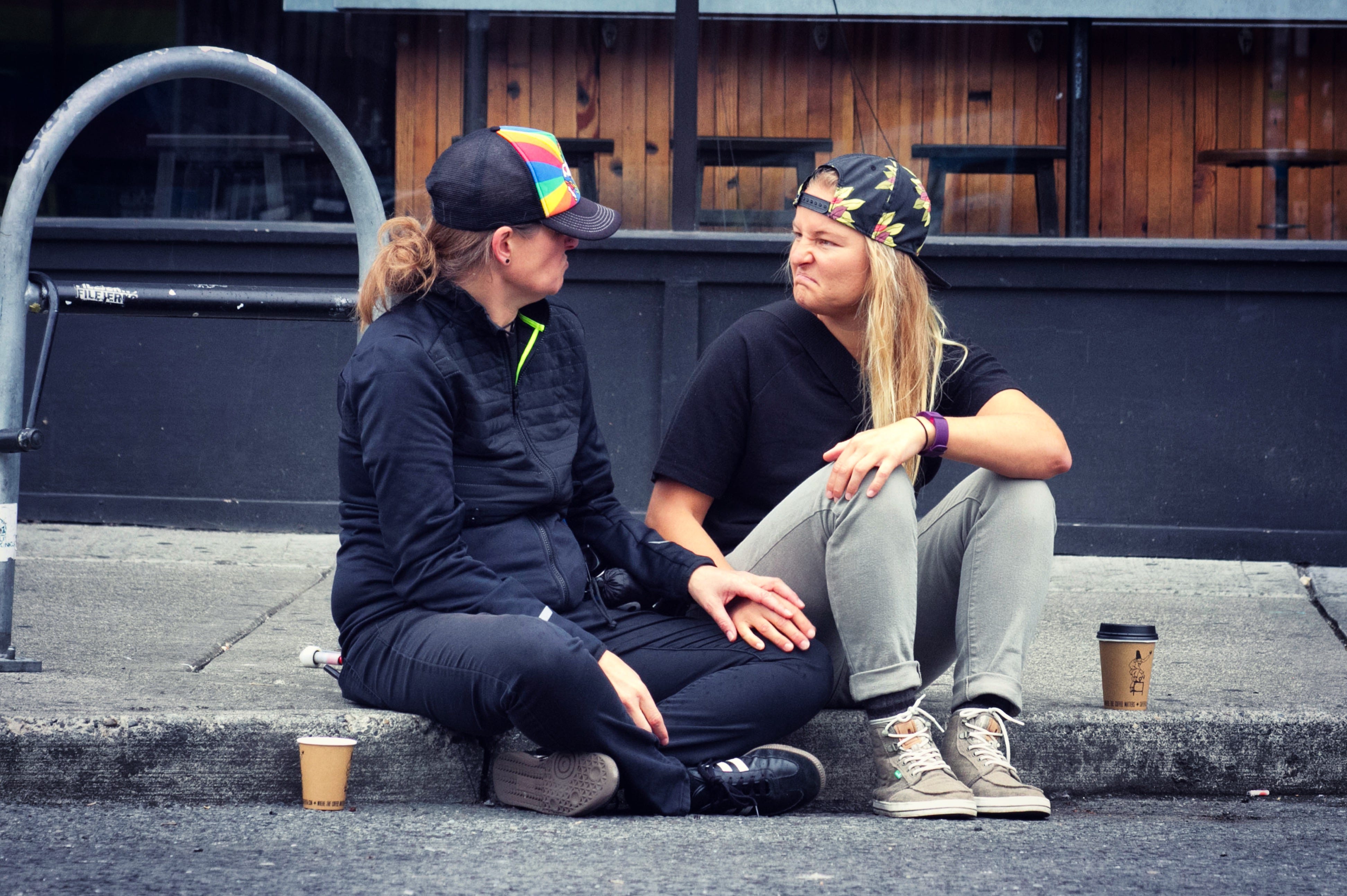

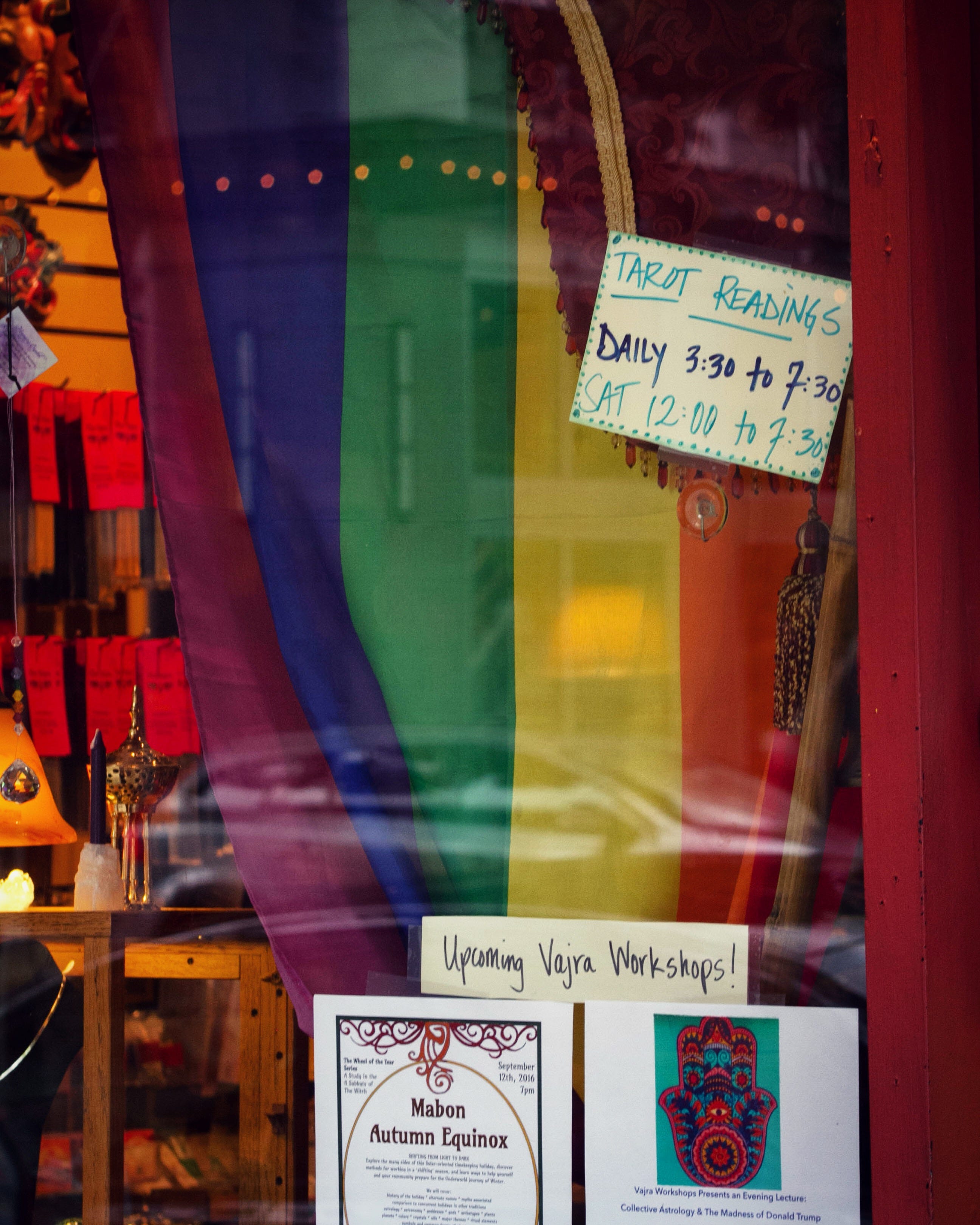

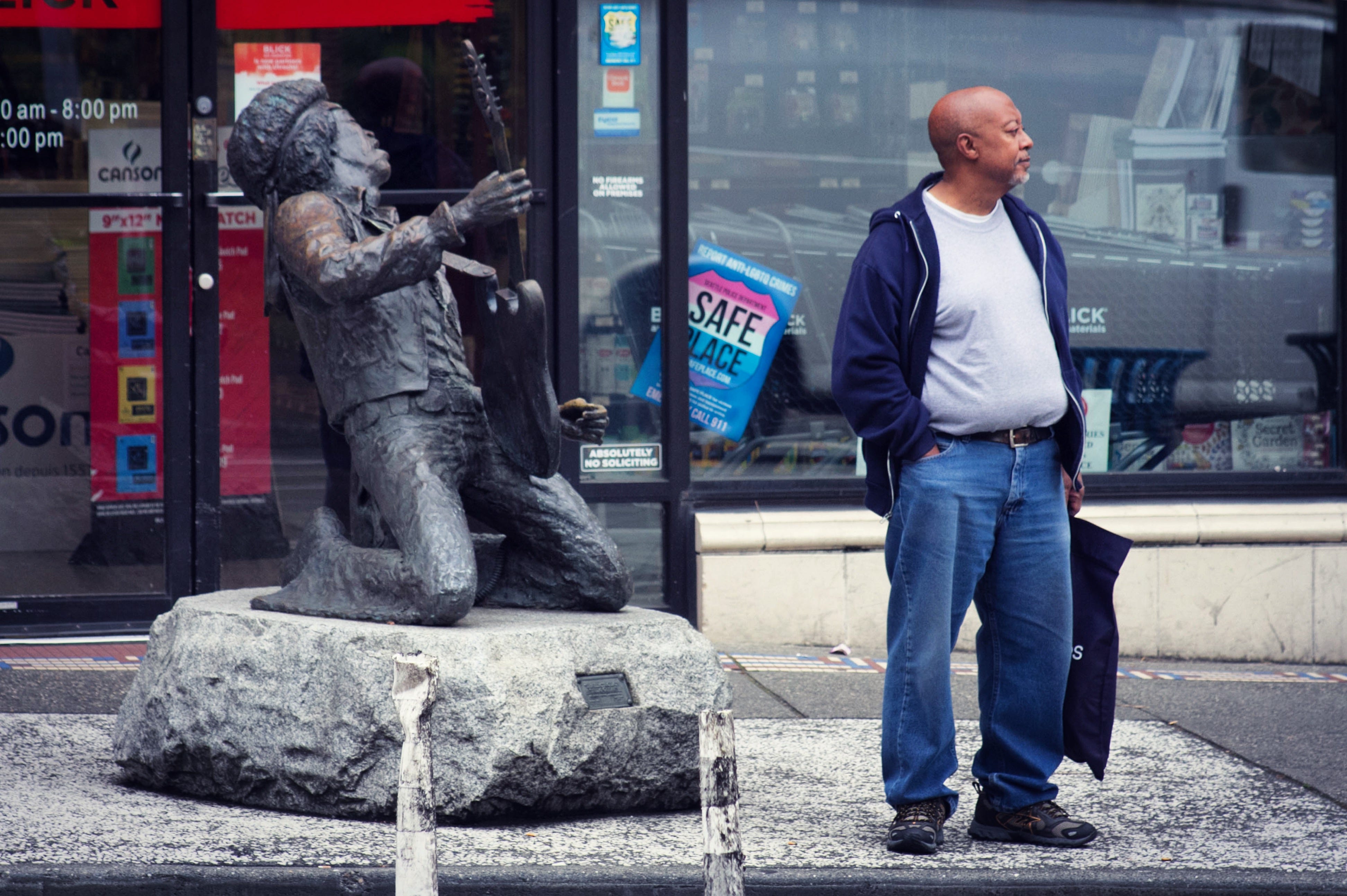
Pike Place
San Francisco ’hood equivalent: Ferry Plaza, Union Square
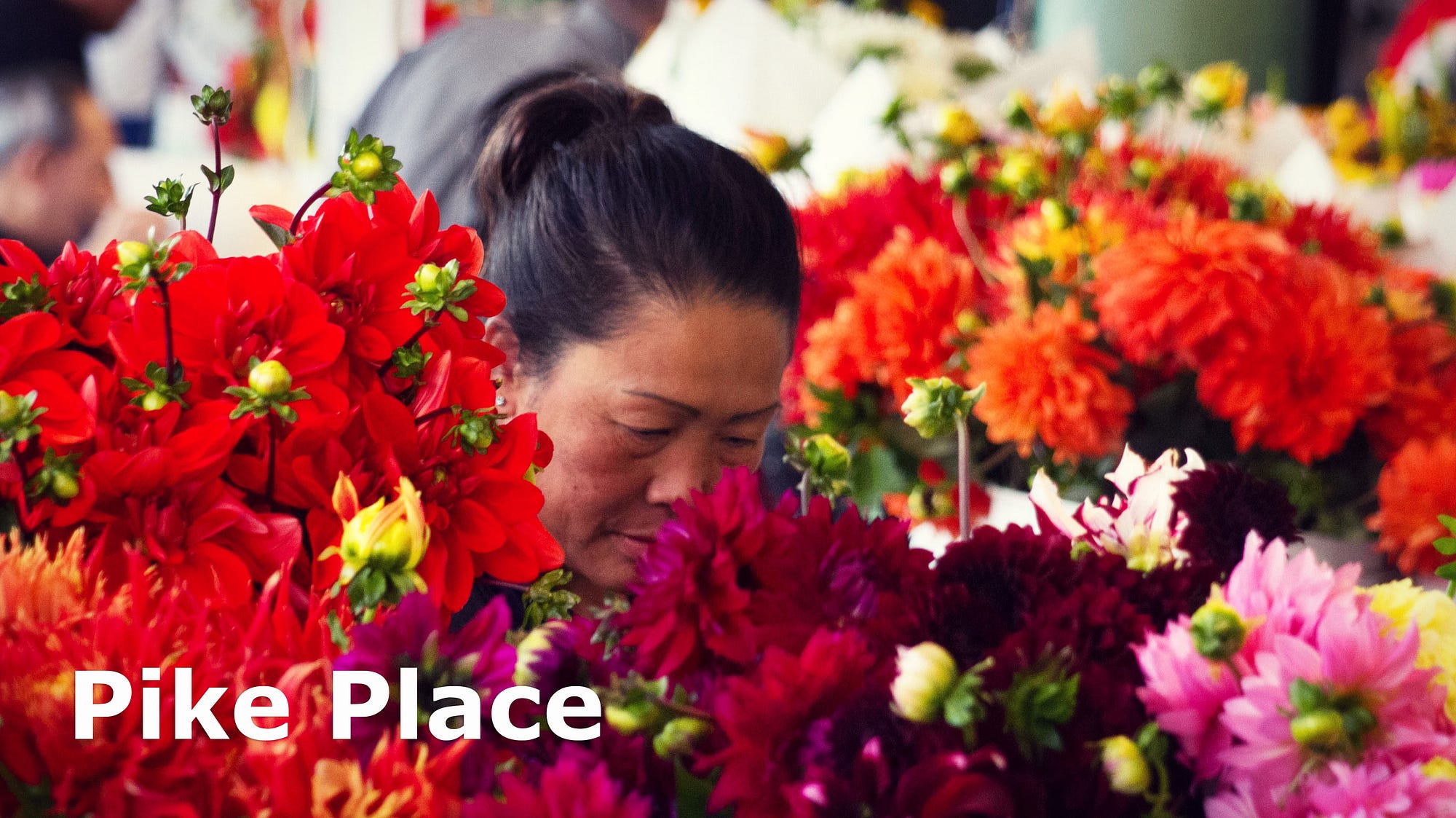
Those guys with the fish get all the attention. But the florists put on a more consistent show and with a much more interesting — and tragic — backstory. The women and the few men who work the flower stalls at Pike Place are almost all from the families of Hmong refugees who escaped to the Northwest after the Vietnam War. In the 1980s, social programs out of several Puget Sound counties offered job training and financial support to the displaced. Farmers accustomed to growing rice and sugar cane learned how to grow dahlias and lilies and how to manage a small business. How successful were these programs? Well, visitors to Pike Place are far more likely to walk out of the market with a bouquet than a halibut.
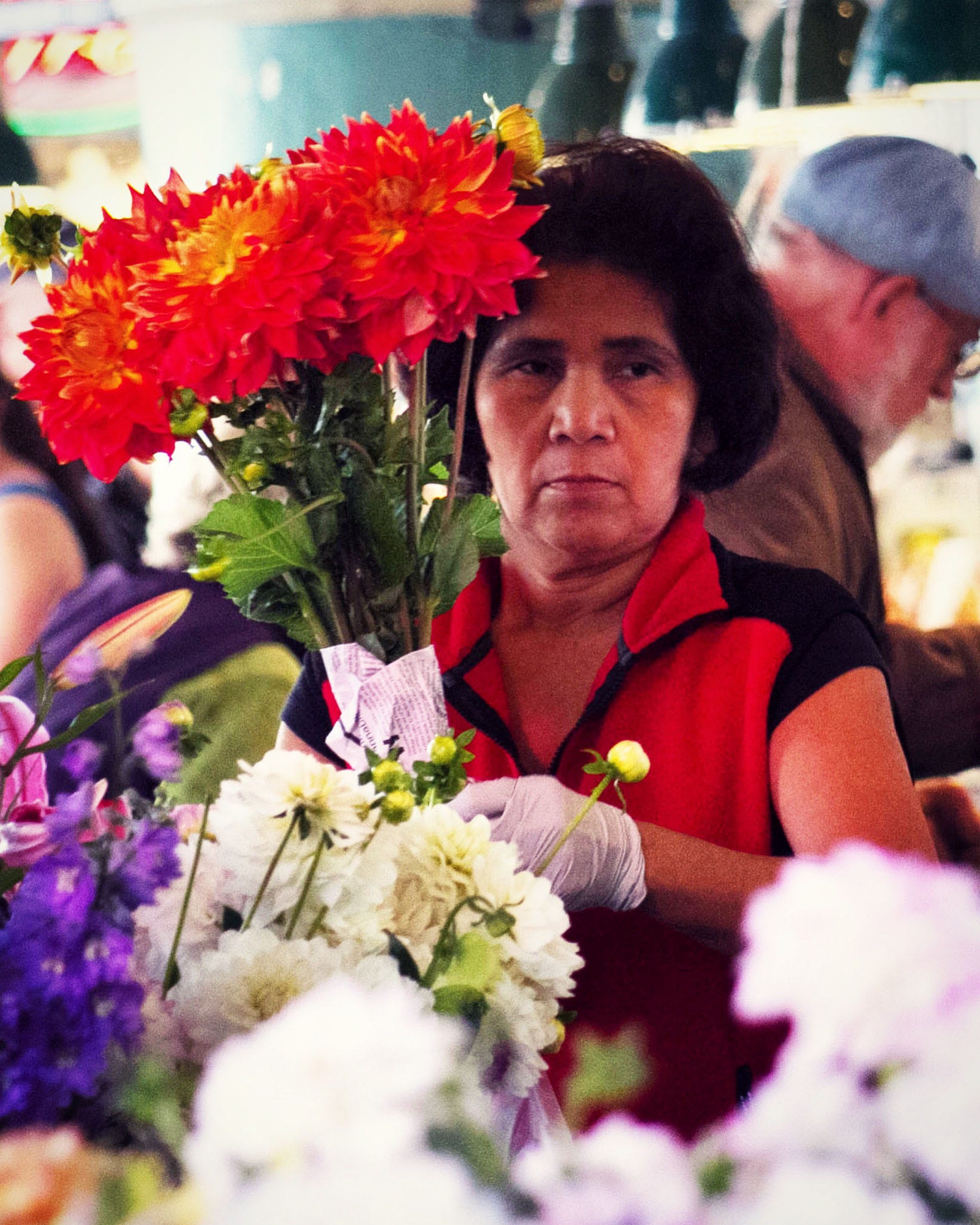
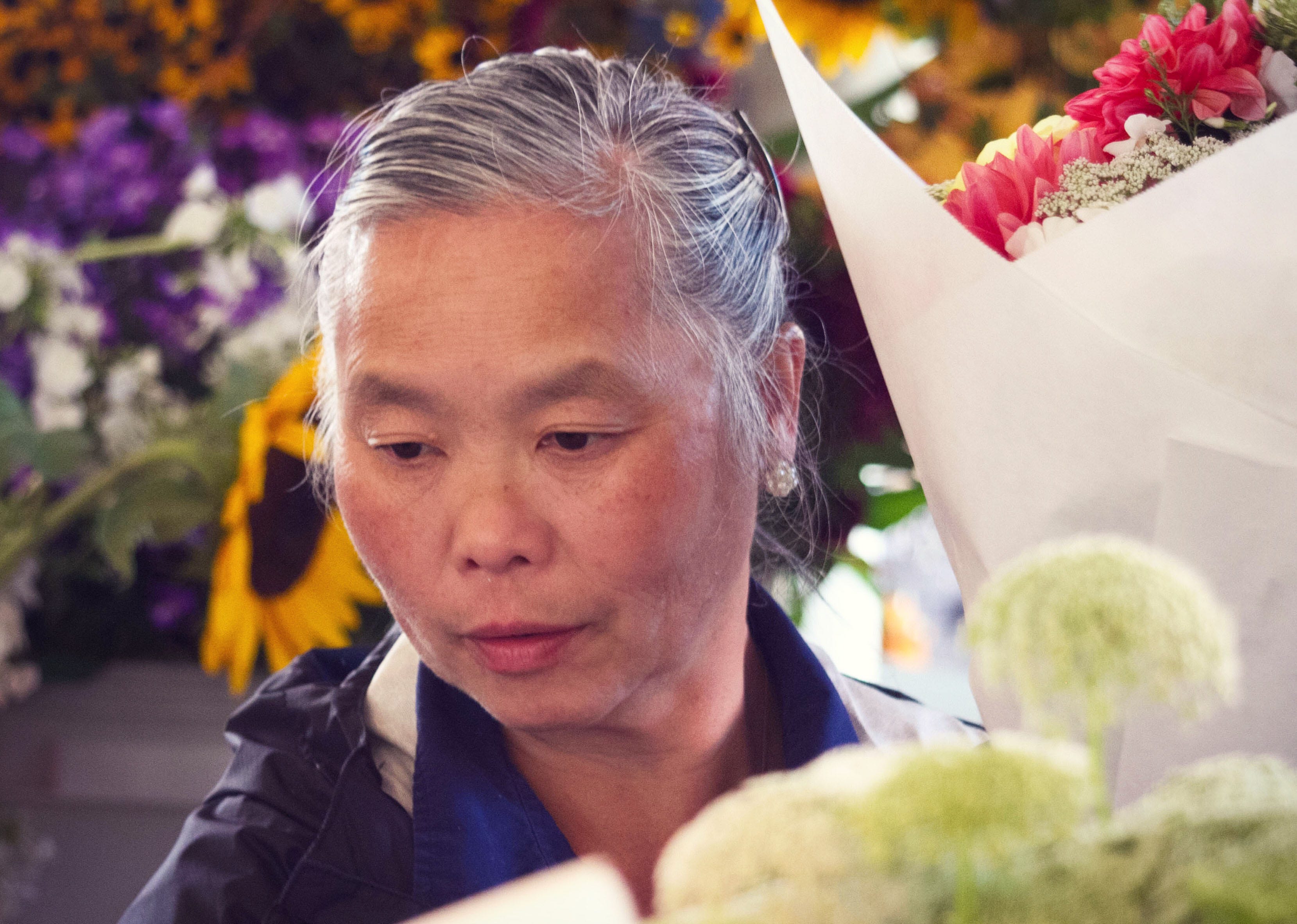

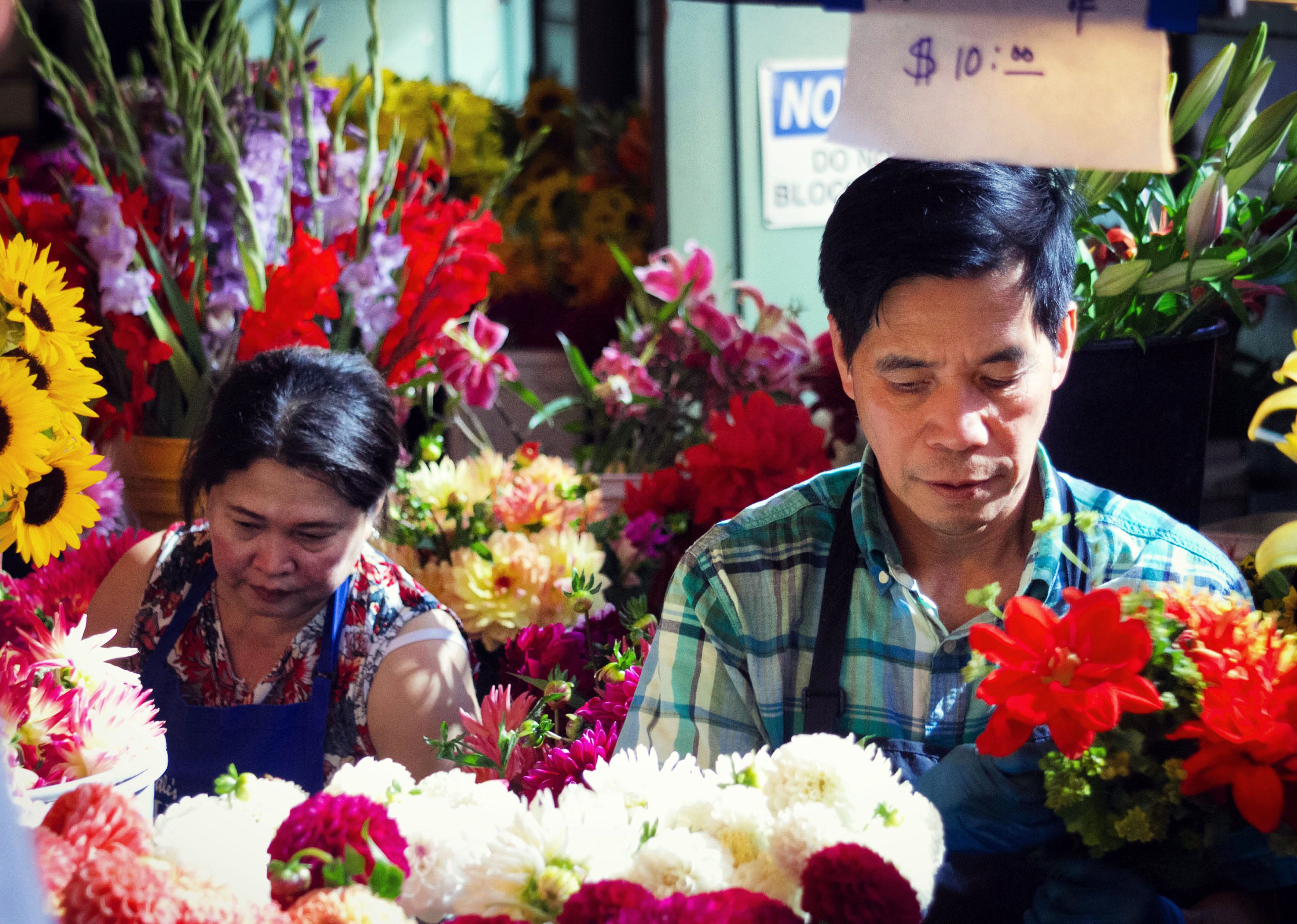

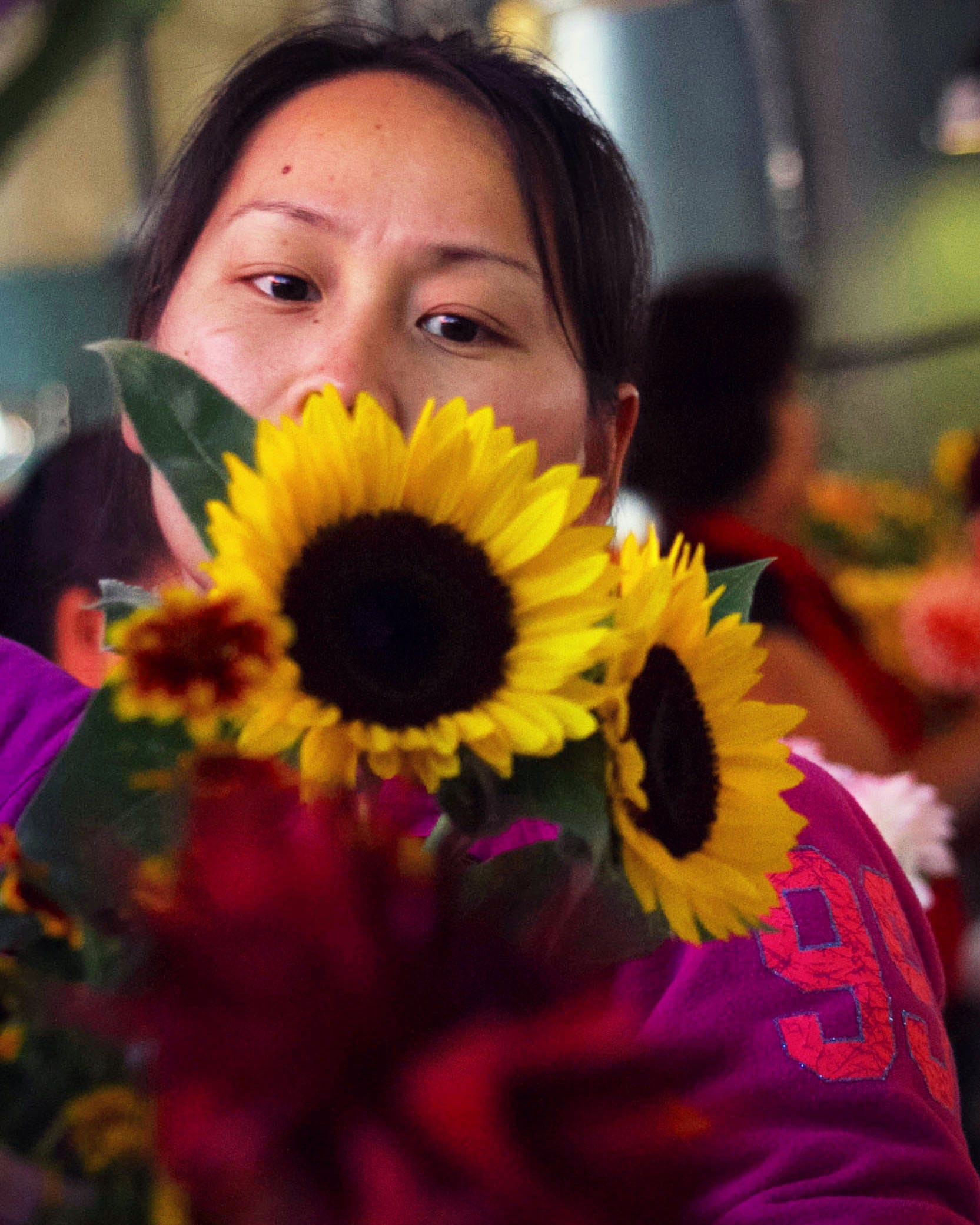
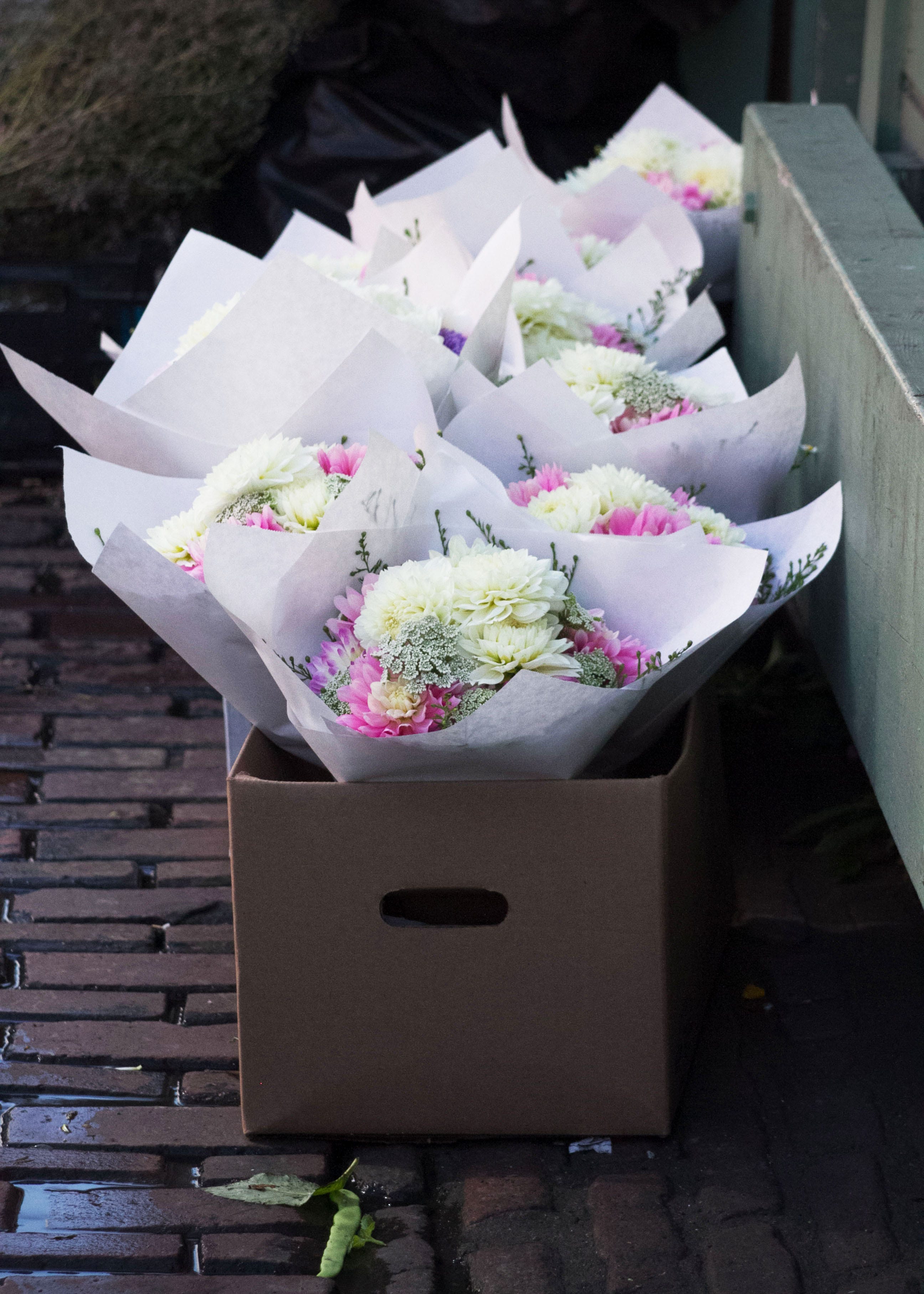
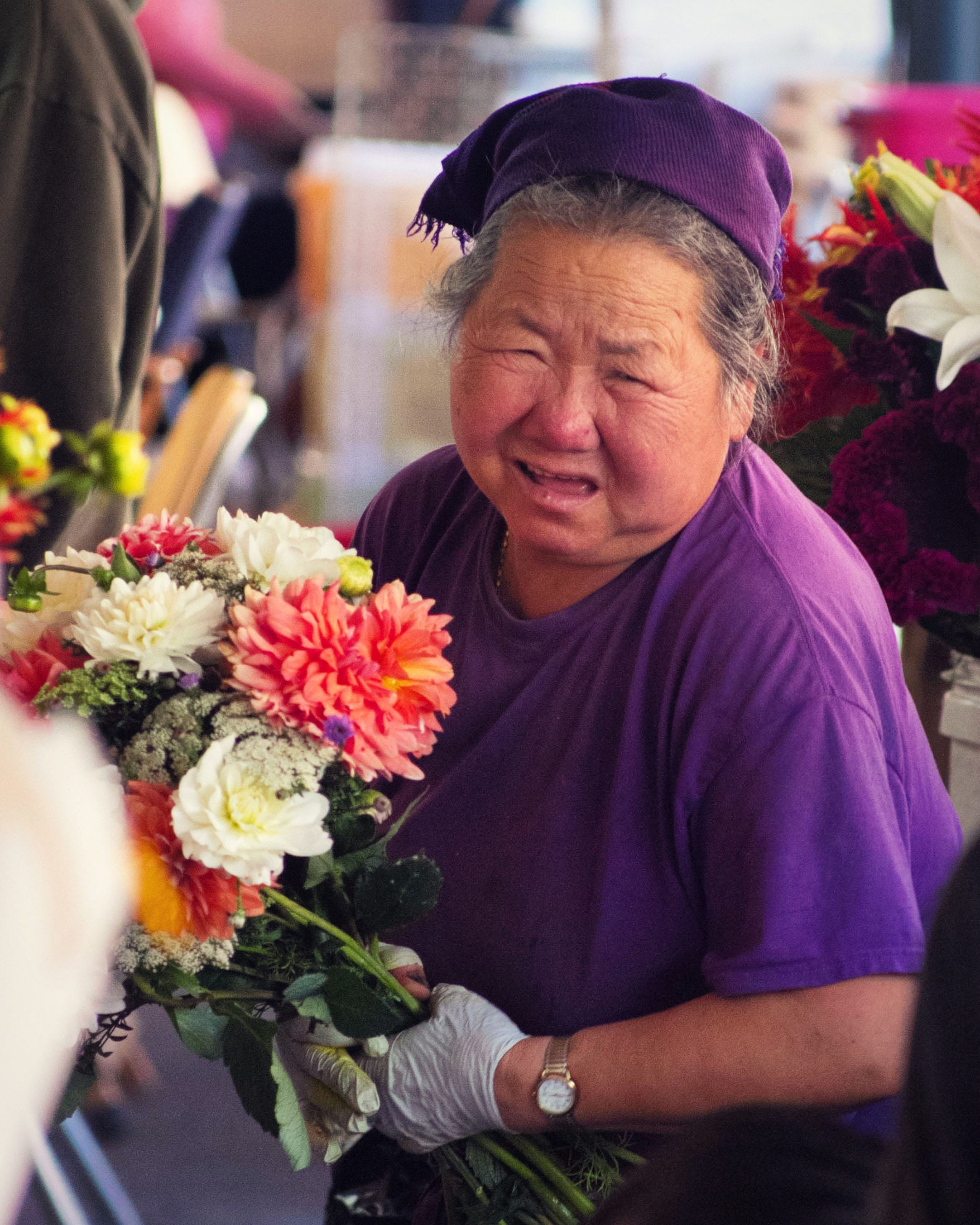
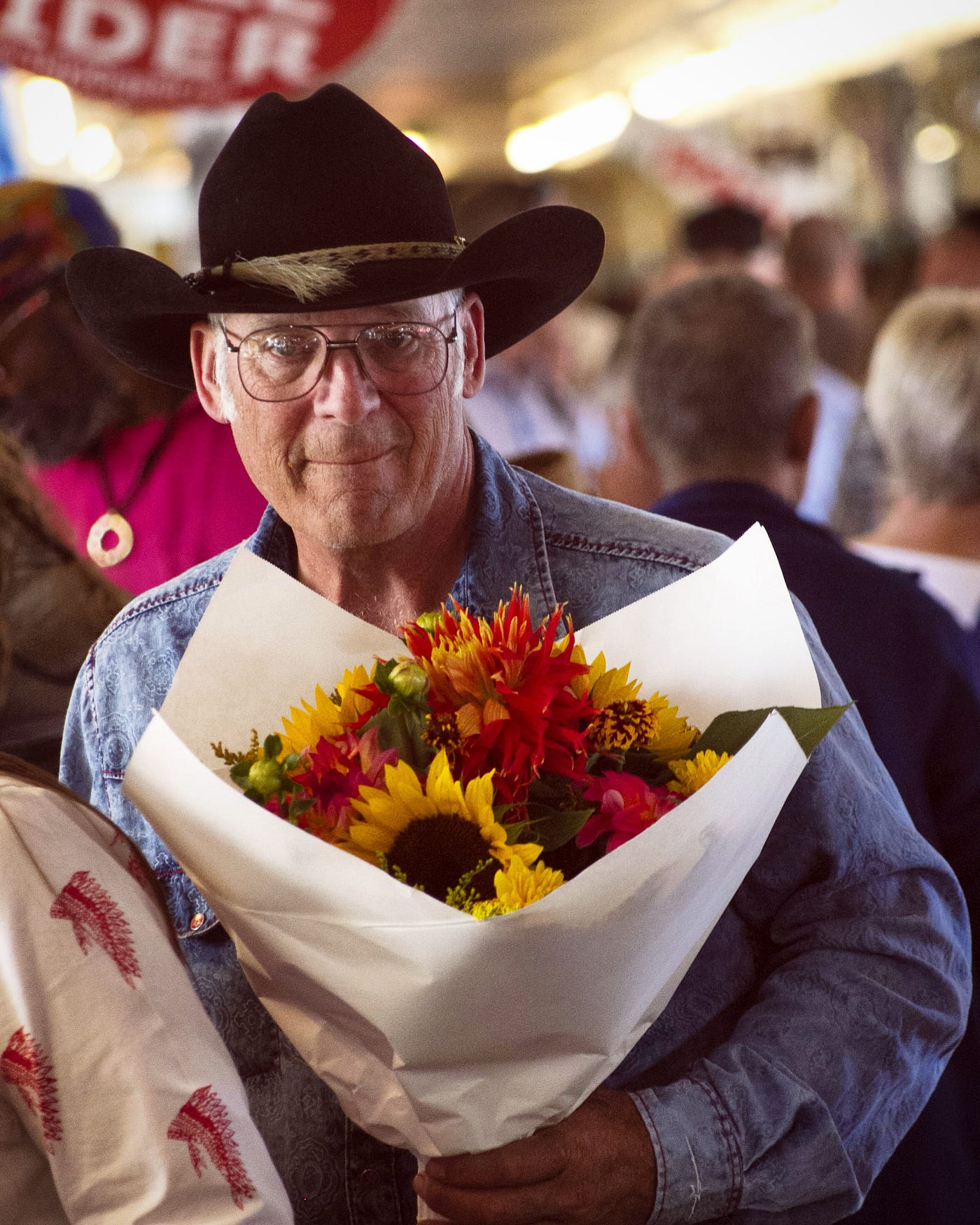
With its emphasis on fresh, local and good, Pike Place has some similarities to the Ferry Building. But most of what’s for sale in Pike is a hell of a lot more low-key than what the retailers that fill up the Ferry Building are selling.
To be sure, for anyone who wants an embroidered set of matching wine cozies, there are luxury goods aplenty at nearby Post Alley. But within Pike Place itself, the market feels a lot more accessible, with cheap places to eat and used bookstores on the lower floors. Like San Francisco’s Union Square, it’s touristy, but without any of the chain commercialism. It’s one of those places where a local can go out to see the world without having to leave it.
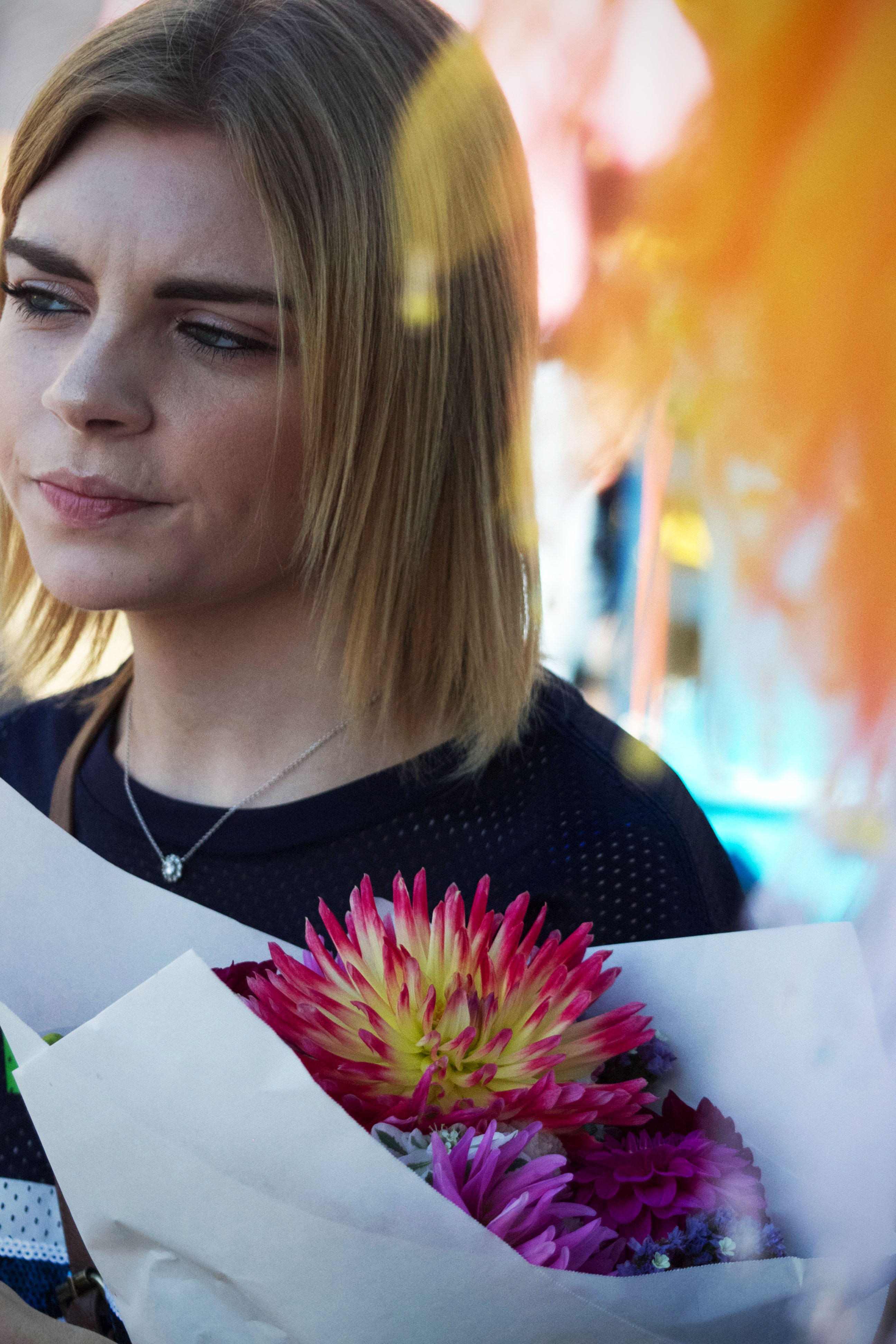
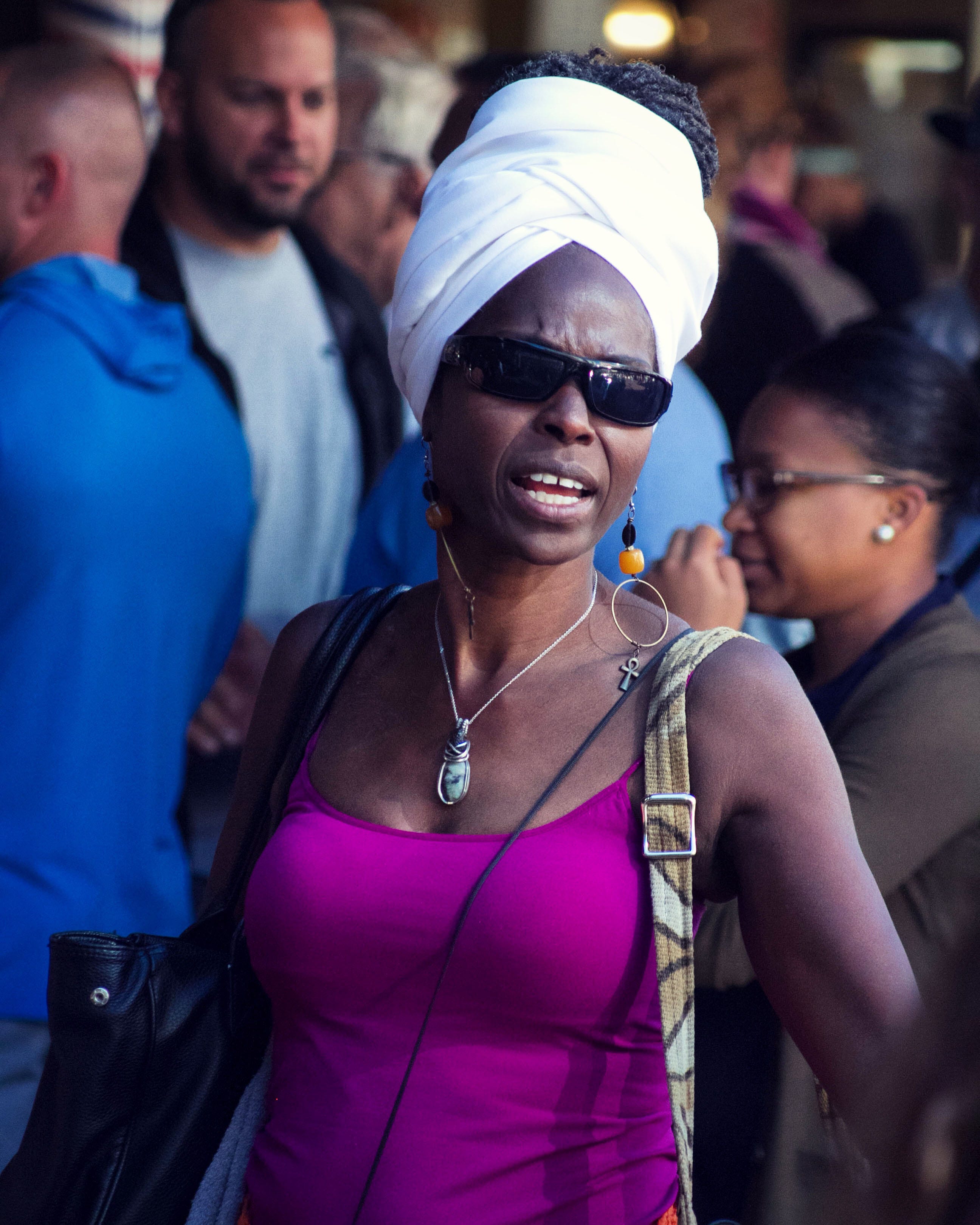
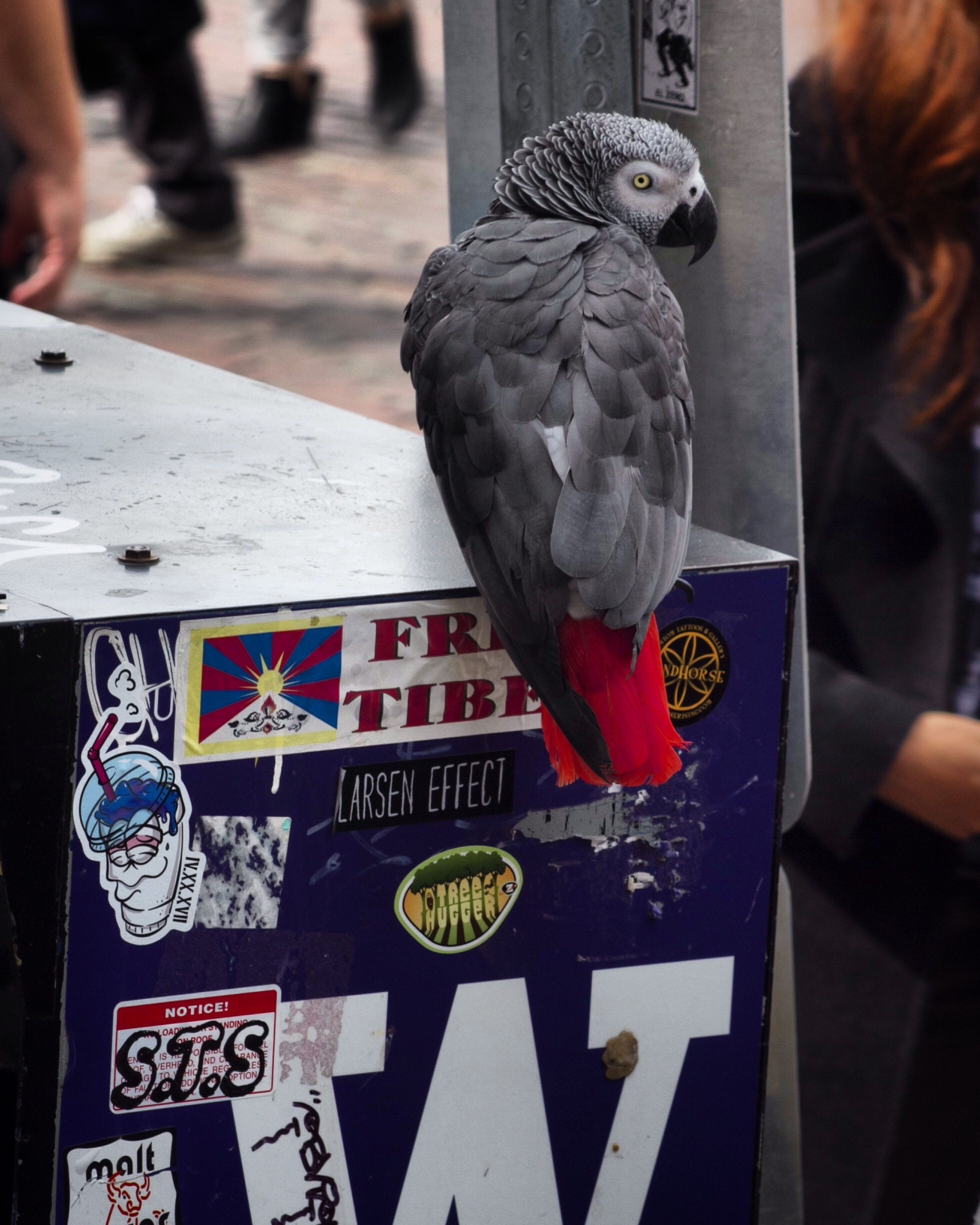

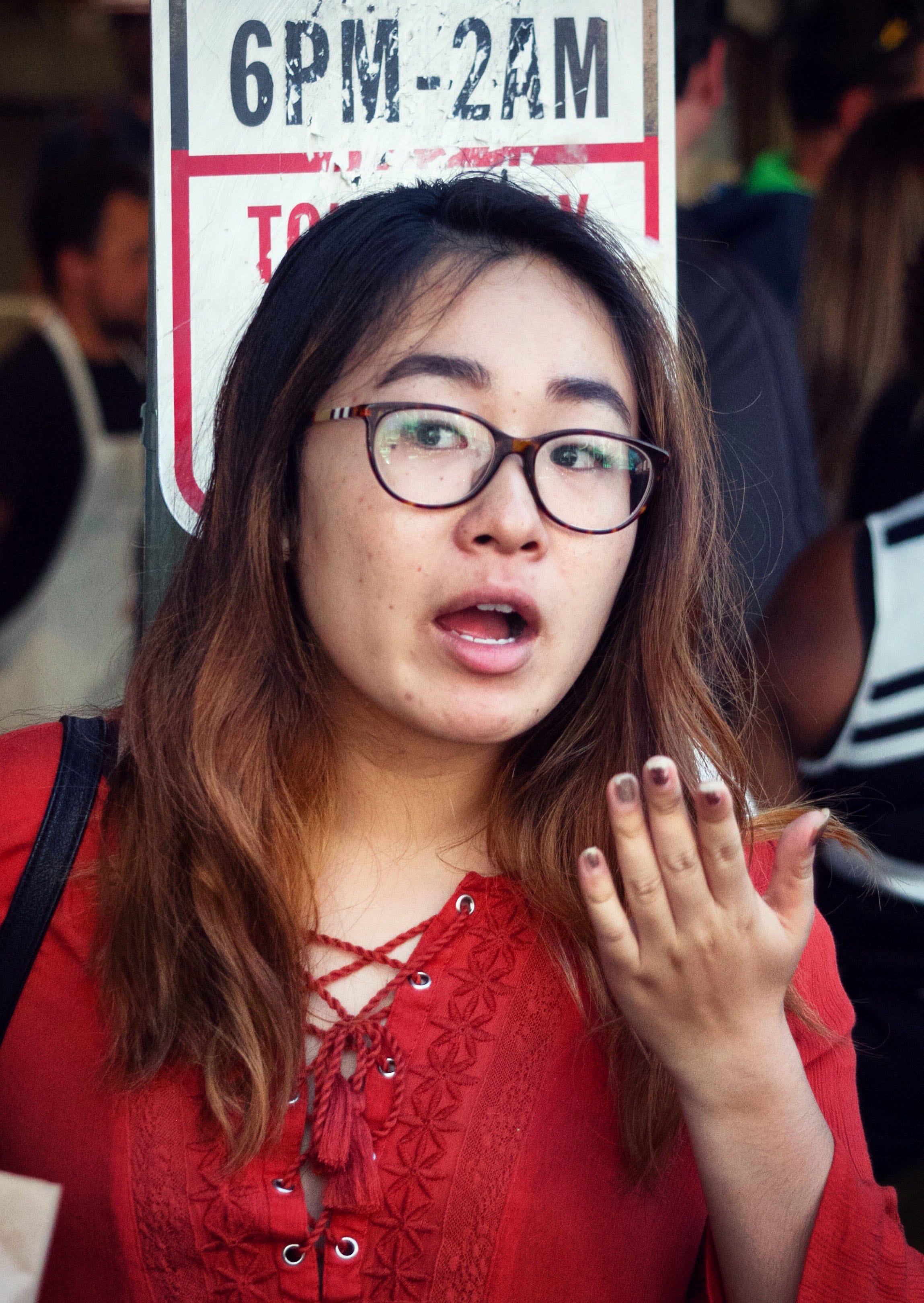
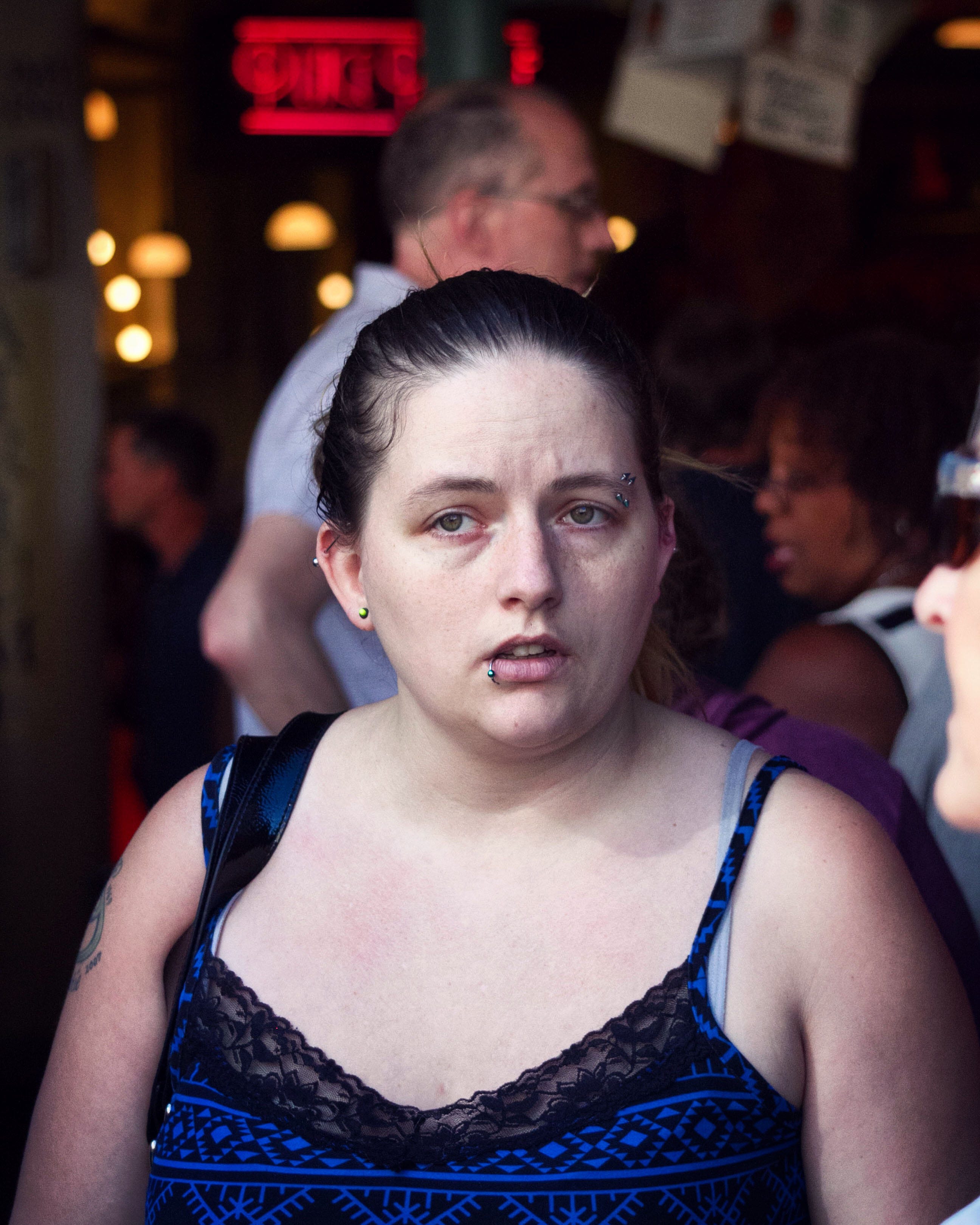
Henry
San Francisco artist equivalent: Sirron Norris
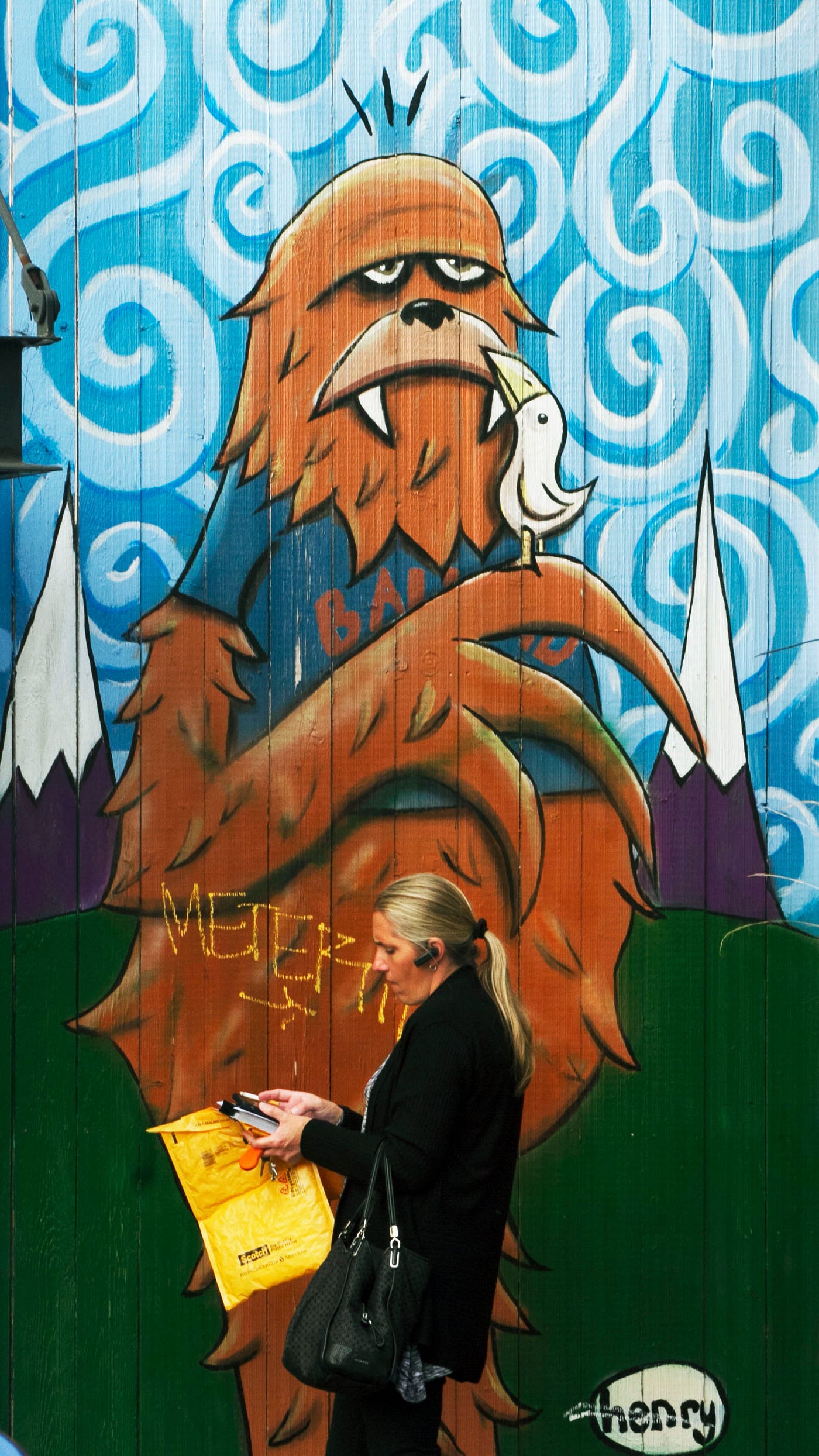
In San Francisco, Zio Ziegler is the street artist I can’t help but notice. In Seattle, it’s Henry.
His work is mostly concentrated around Ballard, where he keeps a studio — but with more than 180 murals around the city, Seattleites are almost never more than a few blocks away from his bleary-eyed characters.
Ryan Henry Ward is the good-guy graffiti artist you want to go and vandalize the rec center. Unlike guerrilla street artists, Henry does not paint unless he has the permission of the property owner. His usual fee? Pay for his supplies.
For a muralist whose look has become somewhat iconic, his work remains stubbornly local. Featuring whimsical creatures in fairy-tale landscapes, Henry’s work reflects the fantastical qualities of the Pacific Northwest and its populations of eco-conscious daydreamers.

Columbia City
San Francisco ’hood equivalent: Sunset, Outer Richmond
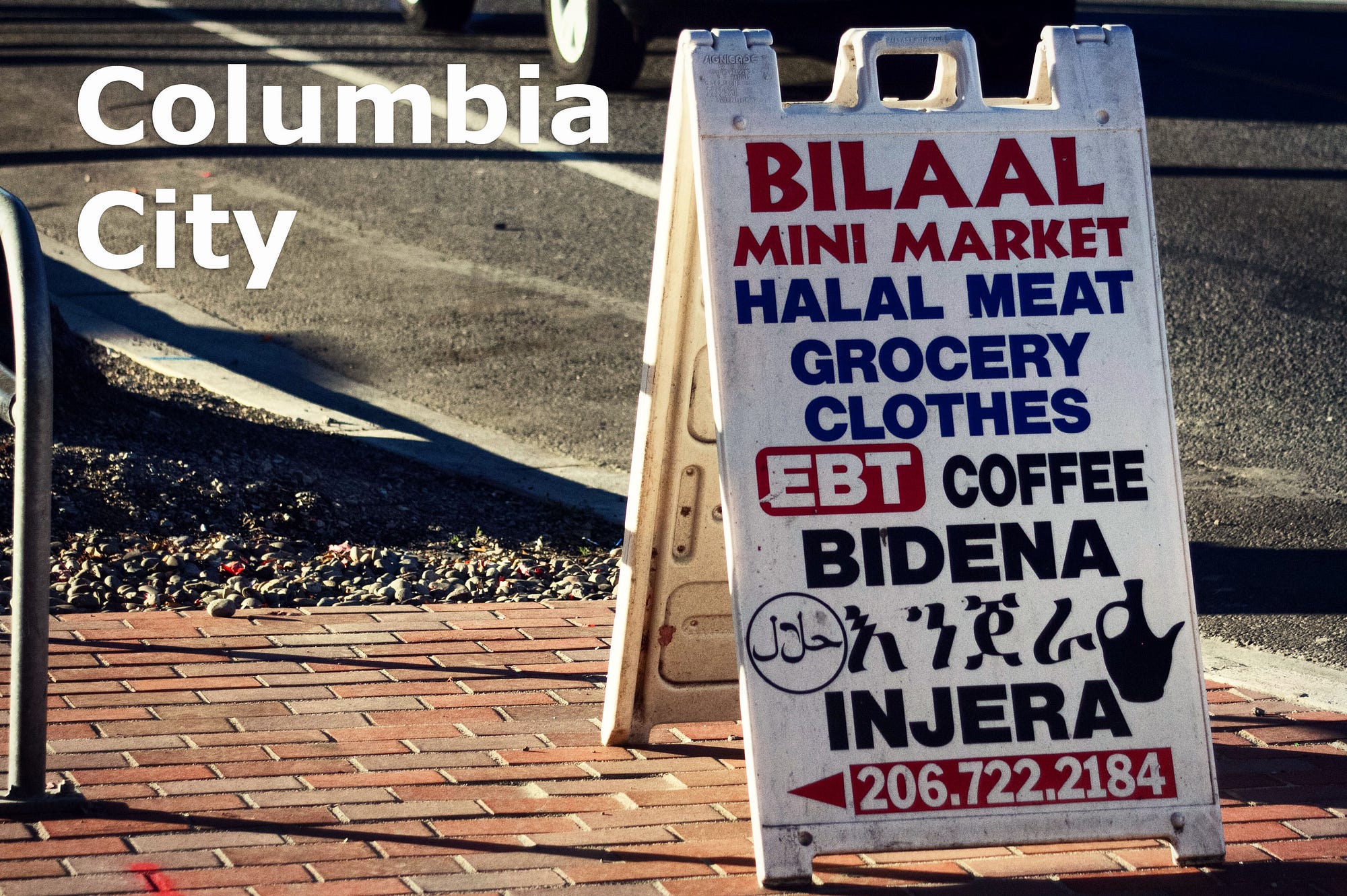
Seattle likes to tout Columbia City as the most diverse ZIP code in the US. While the claim is not quite true — it actually comes in in between number 4 and number 7, depending on how you measure it — the neighborhood is definitely more of a melting pot than most of the rest of Seattle, or most of San Francisco for that matter. More than 50 different languages are spoken throughout the neighborhood, with East Asian and African countries (Ethiopia, Somalia, Eritrea and Sudan) being the most notably represented. Though as more outside money moves into the neighborhood, the newest trend in “diversity” involves million-dollar mansions encroaching in on working-class homes (see below).
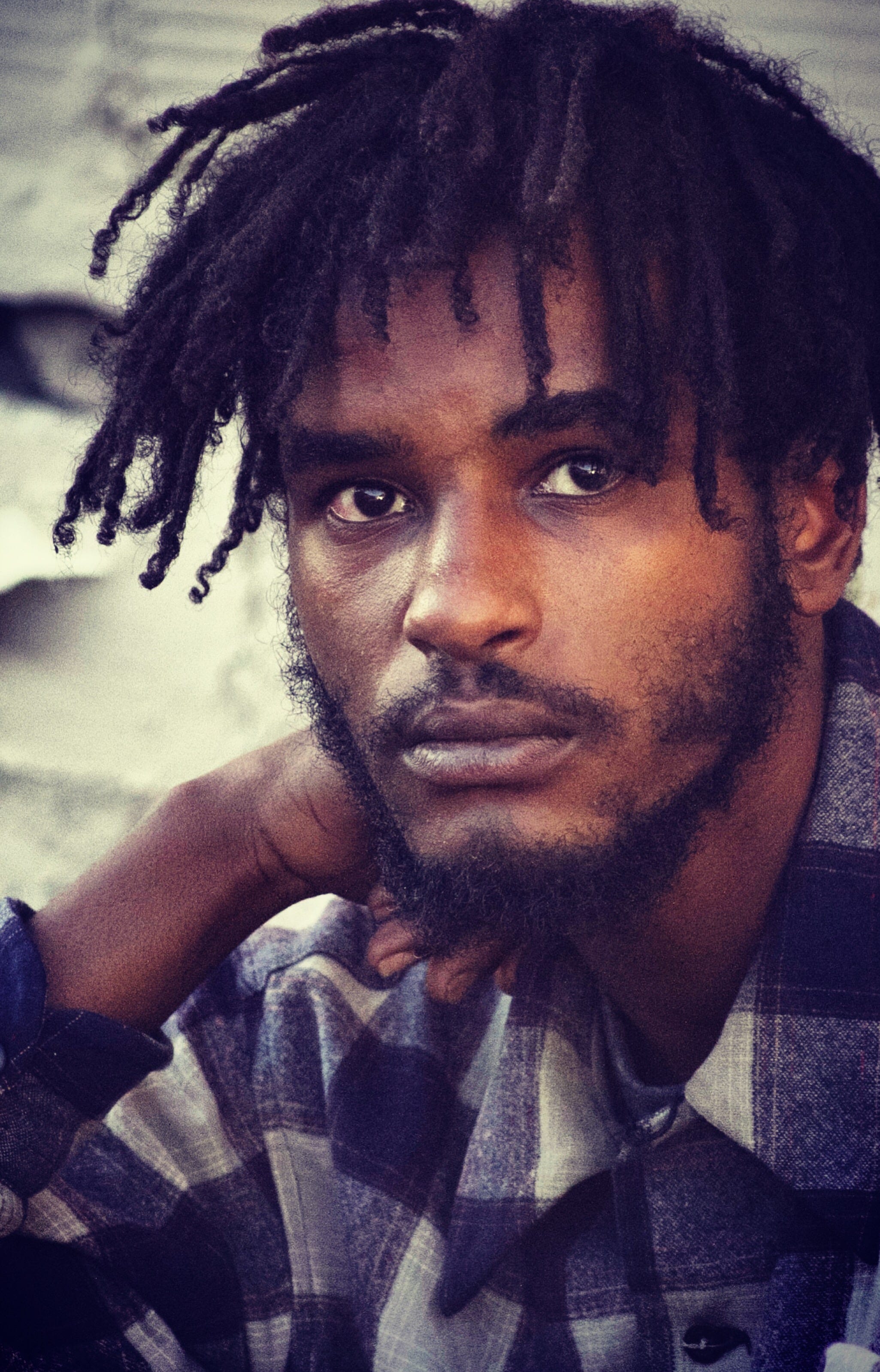
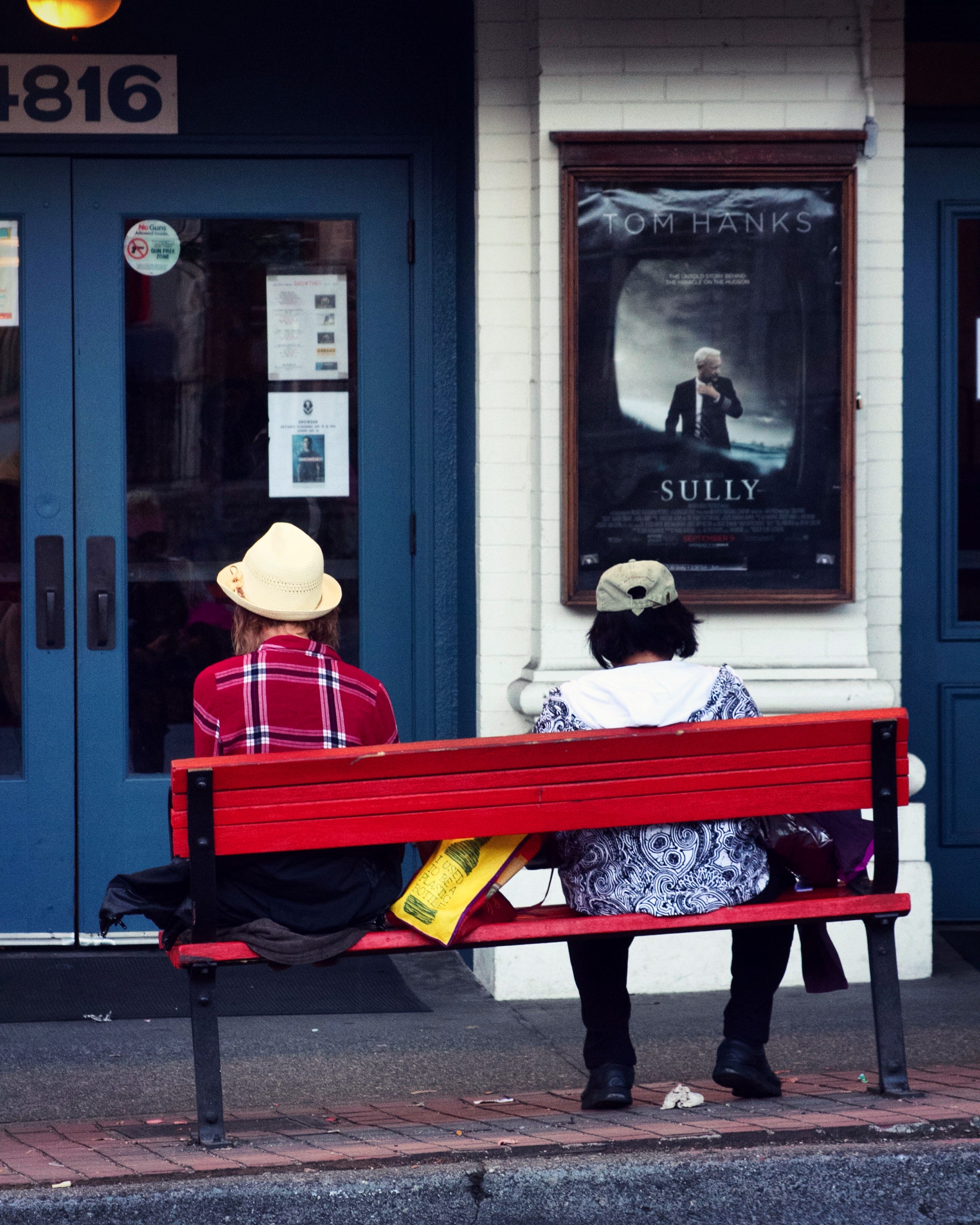
South Lake Union
San Francisco ’hood equivalent: SOMA, Dogpatch
Pop quiz! Which of the following condos are in SF, and which are in Seattle?

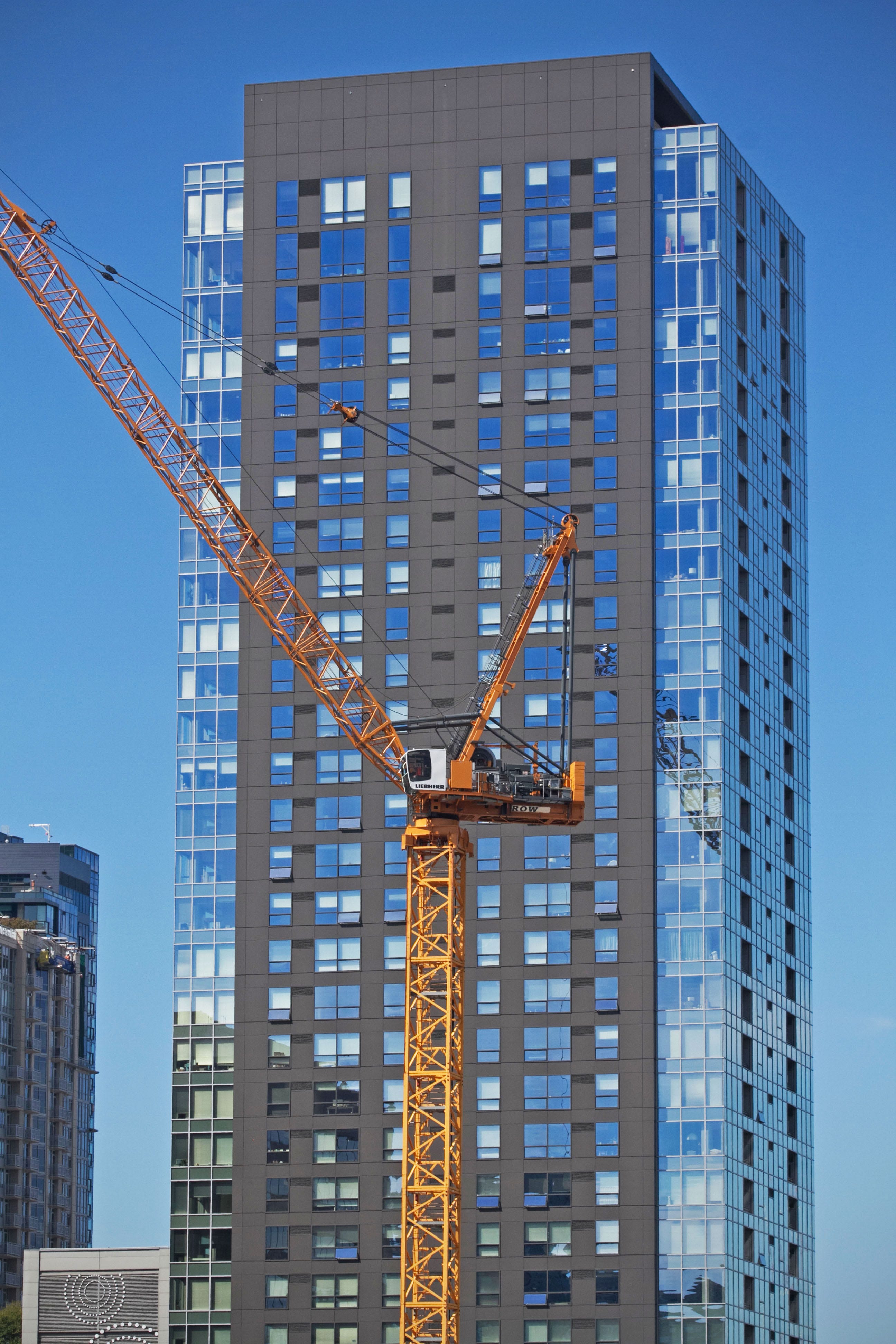
Trick question. They’re both in Seattle.
Just like SOMA, in South Lake Union there’s no such thing as a vacant lot anymore. There’s only condos and not-yet condos. You can leave the batshit rental market of the Bay, but you might just be trading it in for the batshit rental market of the Sound.

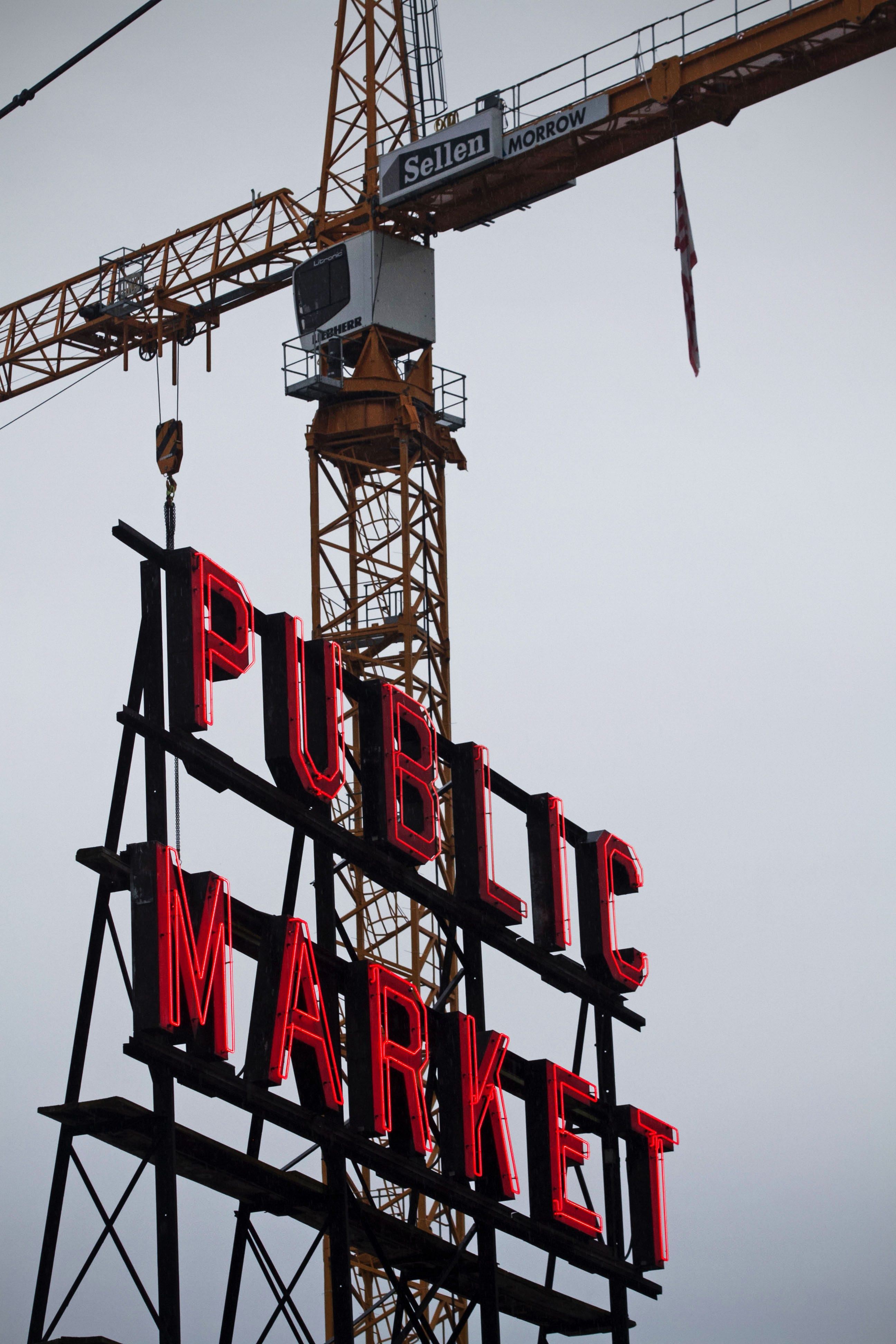
The Jungle
San Francisco ’hood equivalent: 101 Overpass by 13th & Folsom, edge of Mission-SOMA-Potrero



One of Seattle’s more notable tent cities, the Jungle is not near any residential neighborhood. Or, rather, it is the residential neighborhood. But there are no grocery stores. No laundromats. No services.
I met up with Charlie, one of the Jungle’s long-term residents (soft “ch,” with an accent on the second syllable, i.e., “shar-LEE”). Charlie said that for her the Jungle is not a safe place to be; it’s just safer than most of the other places to be homeless in the city. Hundreds of thousands of people go by each day, but they’re all in cars, passing through and heading out. That makes it a good place to go unbothered and a lonely place to go if you need help.
As for the police, they go through the motions. The Seattle PD had put up a notice above Charlie’s site indicating that she needed to vacate by July 25. As of September 9, when I met up with her, putting up a piece of paper was about all the SPD had done. The sign gave some hope. Maybe Seattle’s finest knew that while the Jungle represented a failure and an embarrassment, it was also a refuge.
Update: After reading the news of October 11, it seems that the Seattle Police Department just needed time.
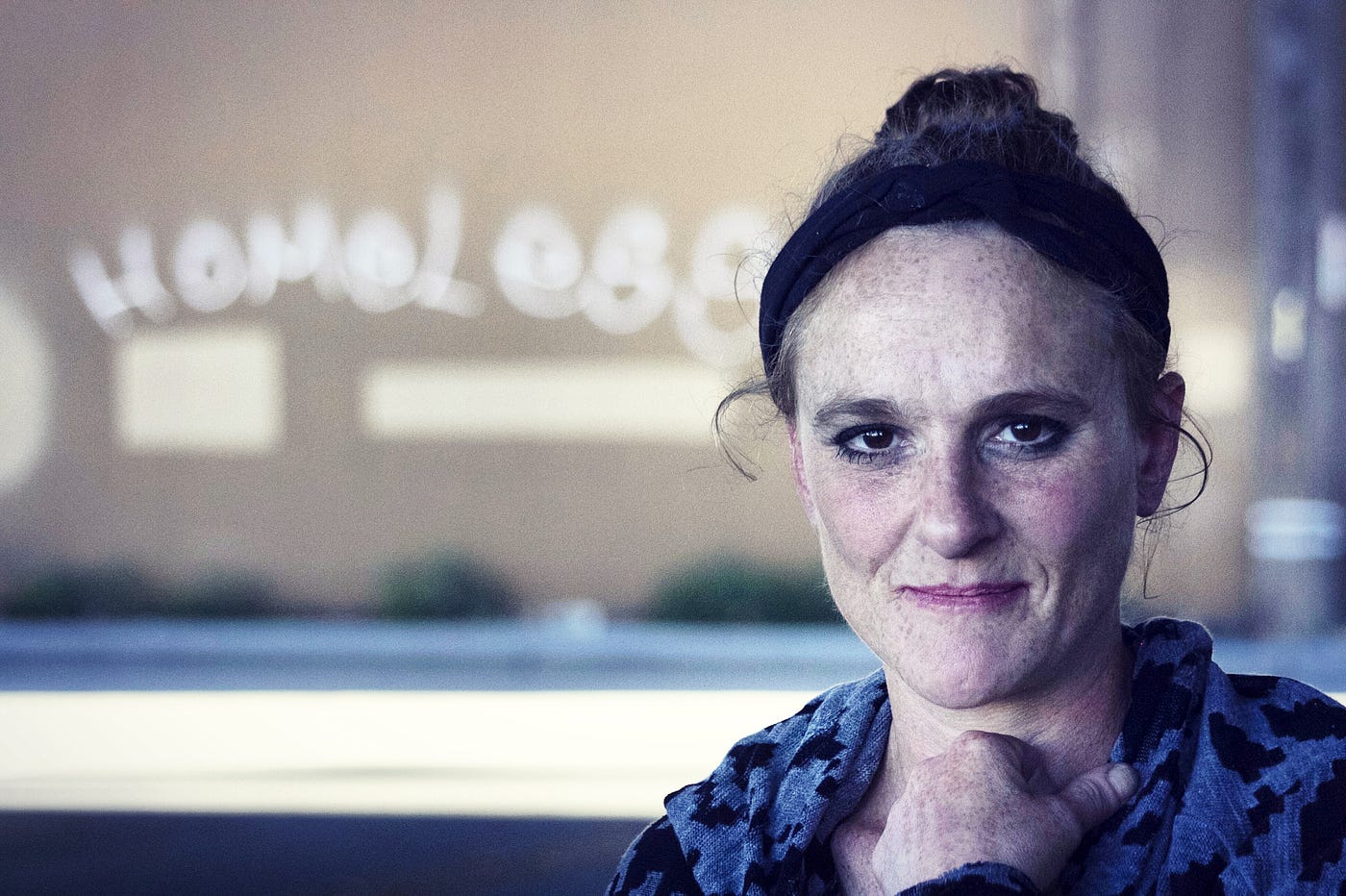

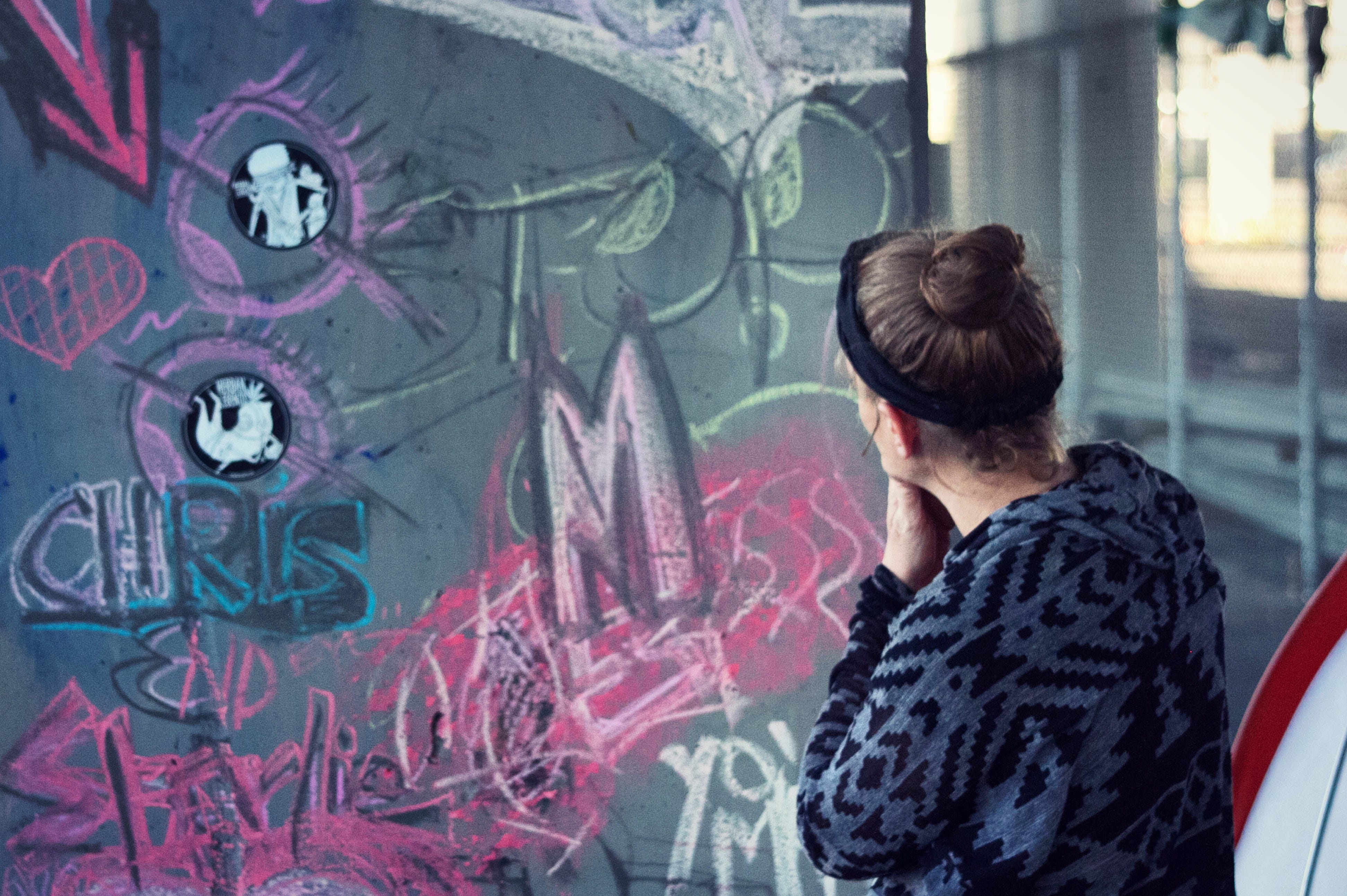
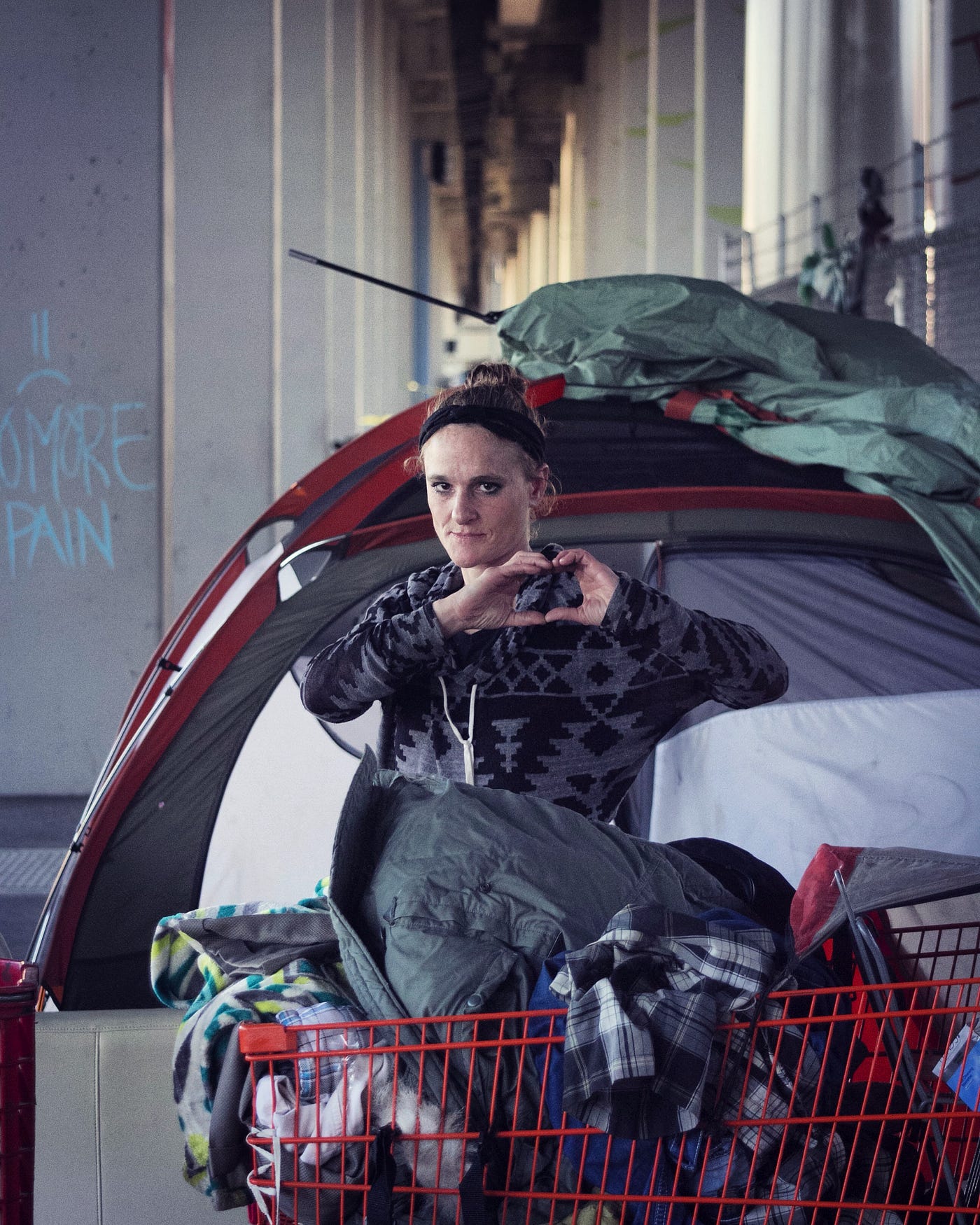
Ballard & Fremont
San Francisco ’hood equivalent: Noe Valley, Hayes Valley
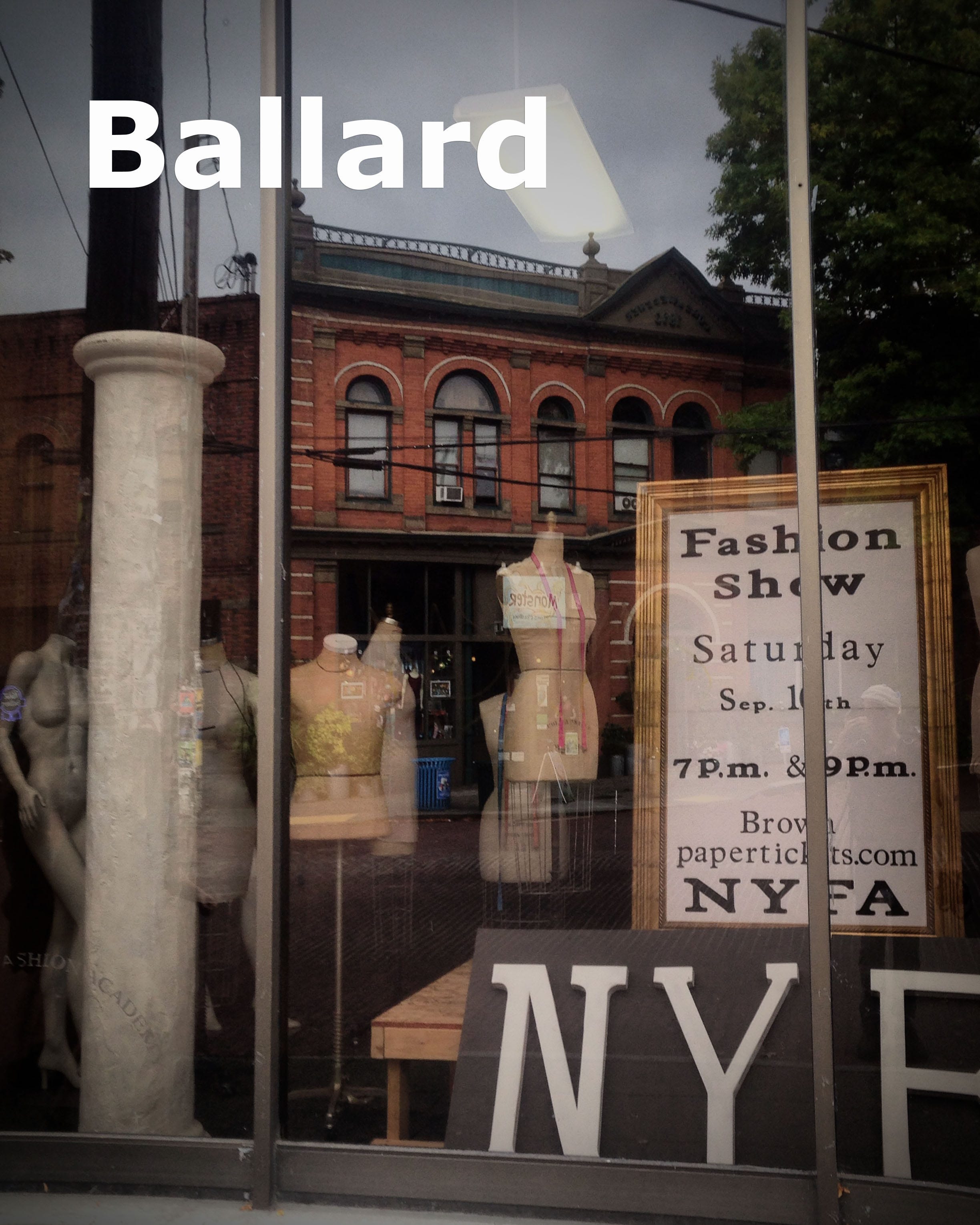
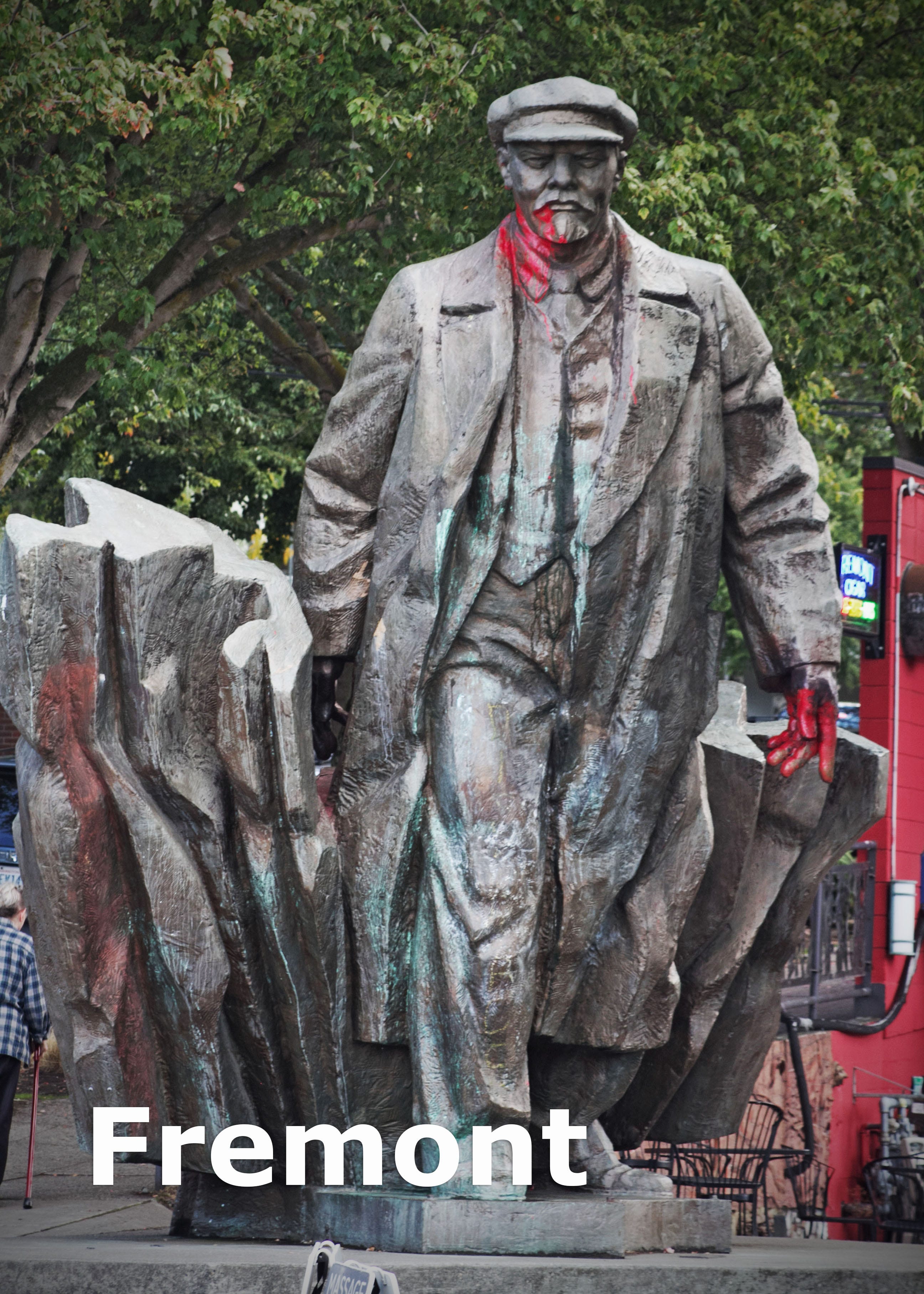
When you’re single, you live in Capitol Hill. When you get a dog, you move to Fremont. And when the babies come, you move to Ballard. (Until they get old enough for school, and then you move out of the city altogether.) With Soviet statues and strange sculptures beneath the bridge, Fremont is a little more artsy. And with twee folksy children’s stores hawking handmade terraria, Ballard is a little more craftsy—though either neighborhood would get along famously with Noe and Hayes (to say nothing of Valencia Street).
In Ballard, the residents seem to long for three hands: one for the stroller, one for the dog and a third for the nonfat latte. In Fremont, two hands are enough. (“Baby? What baby?”)
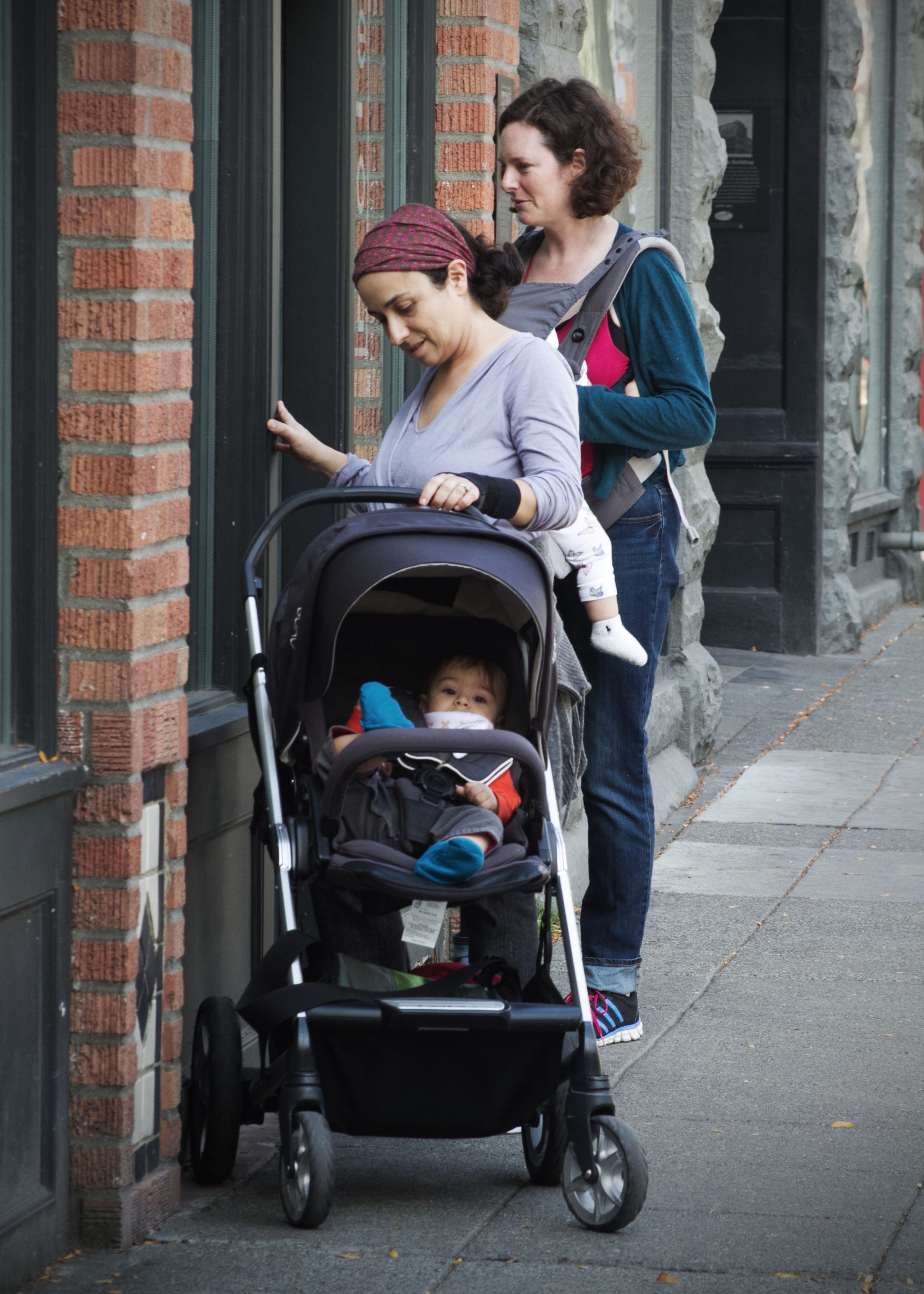
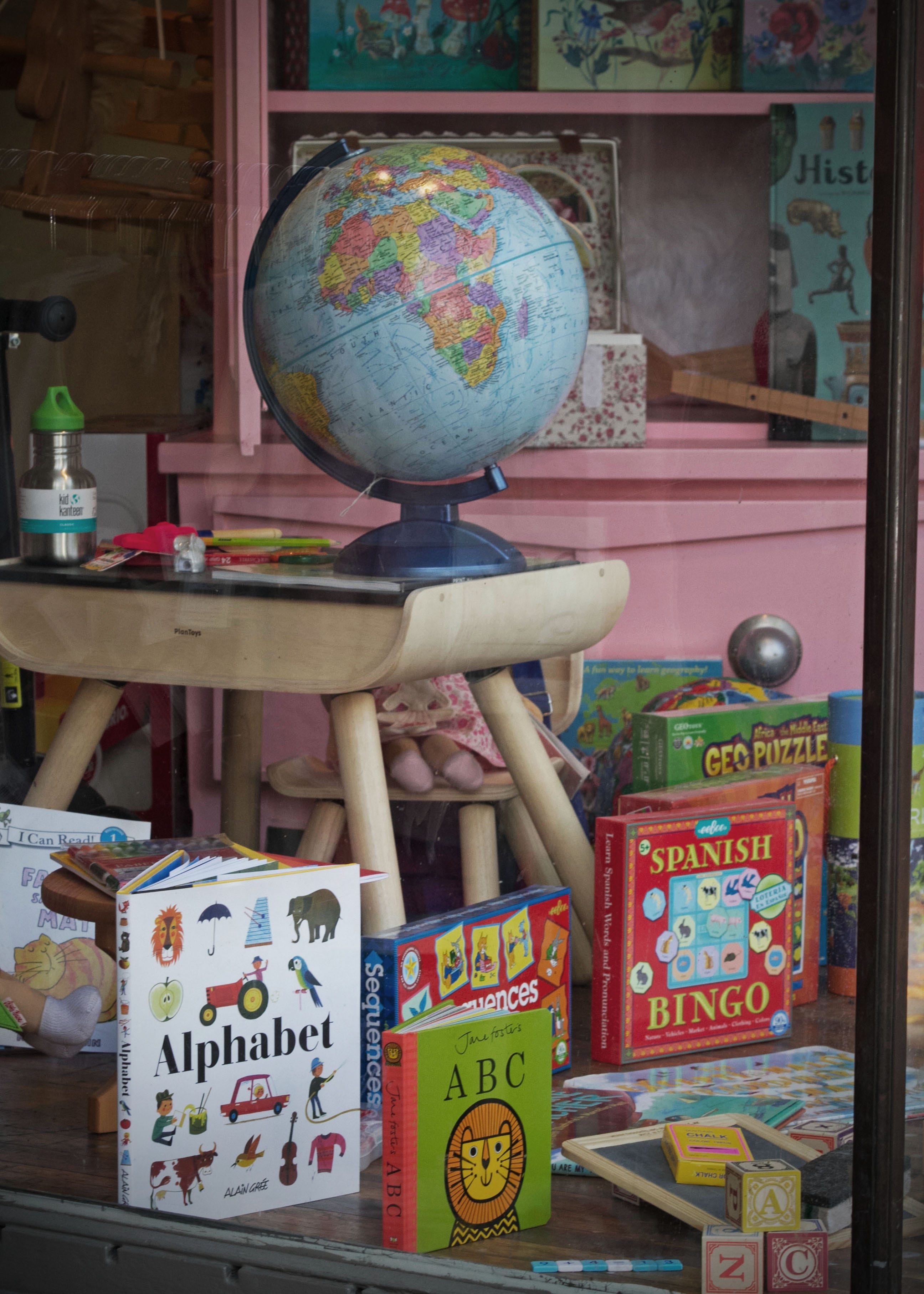
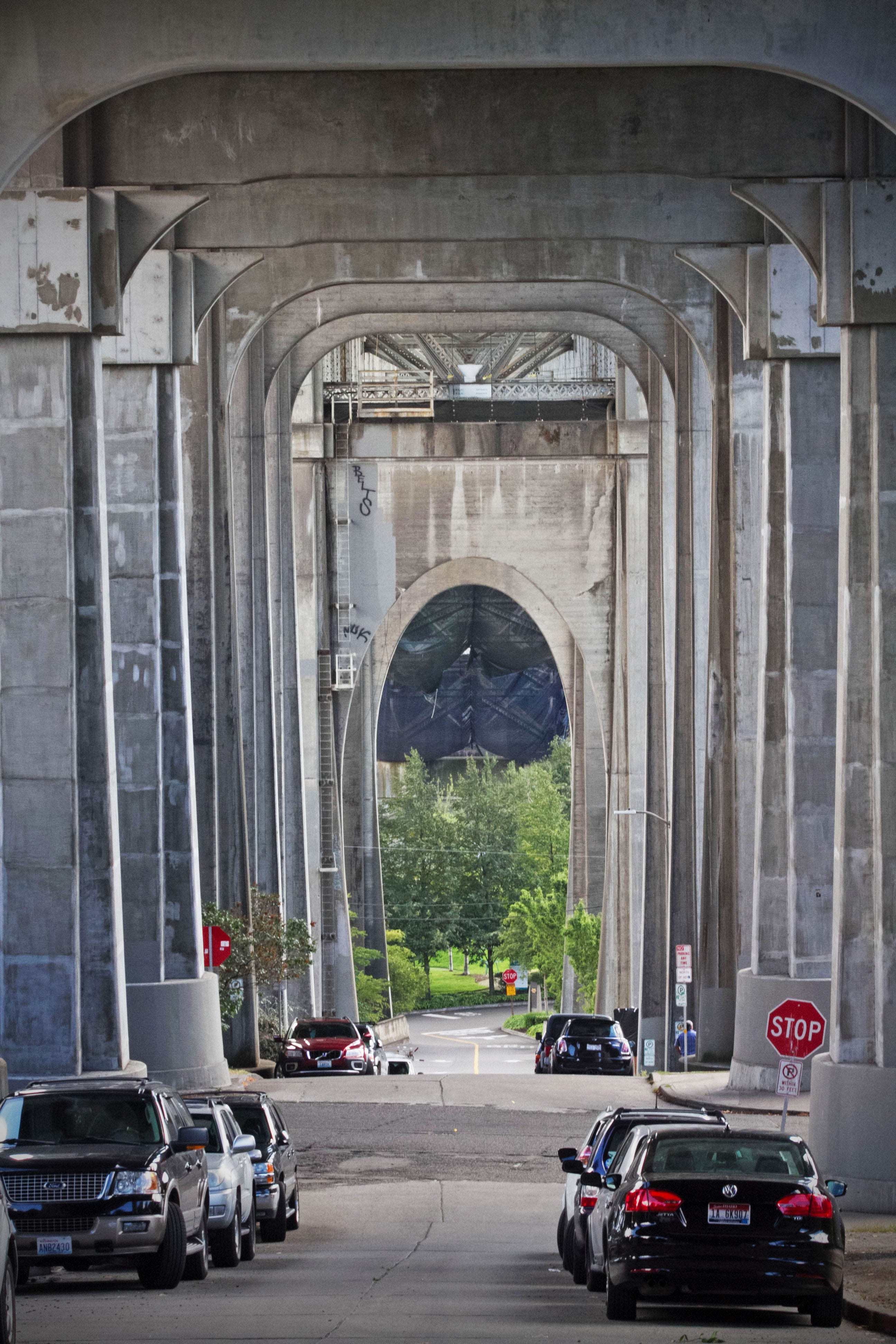
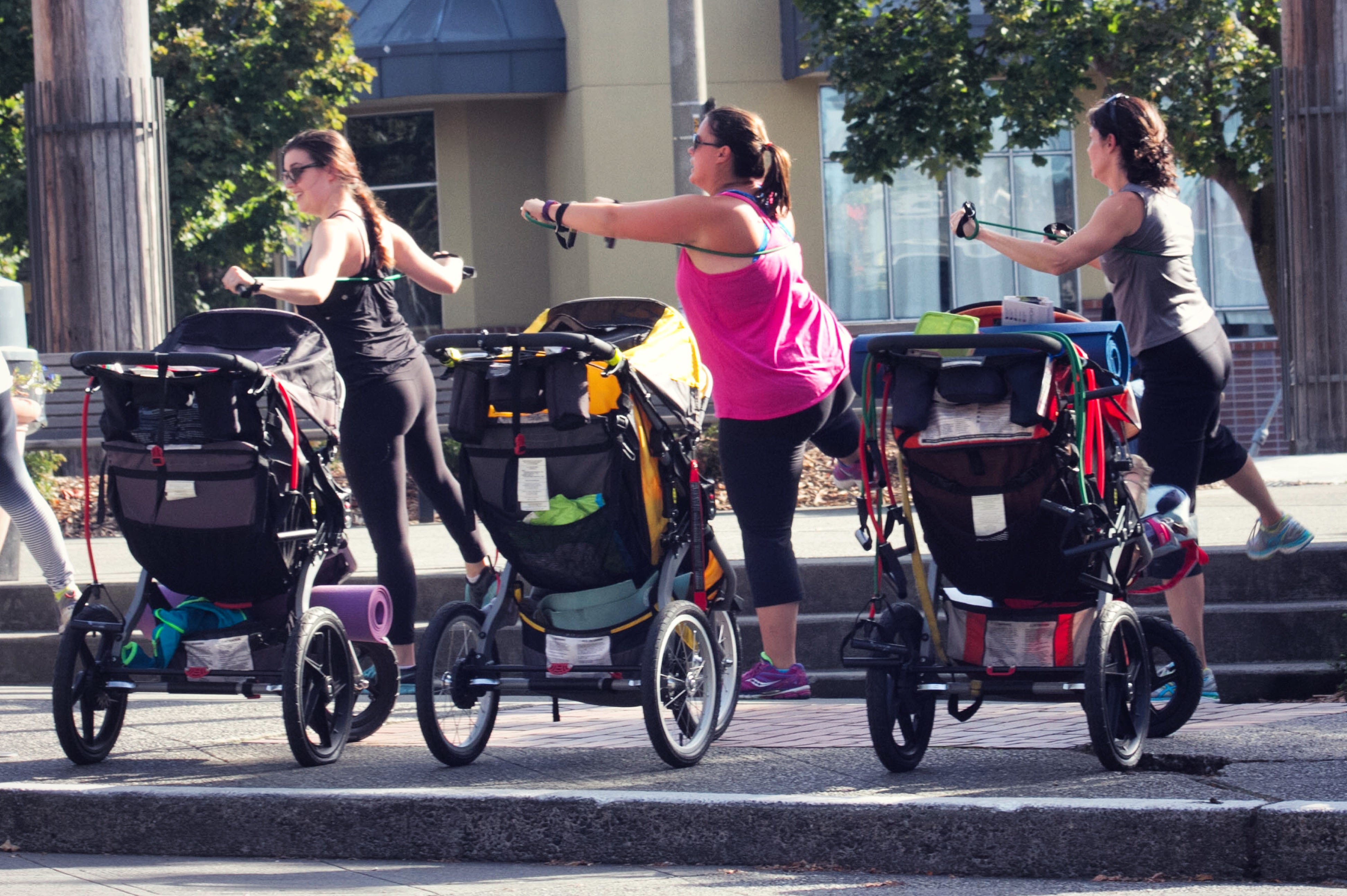
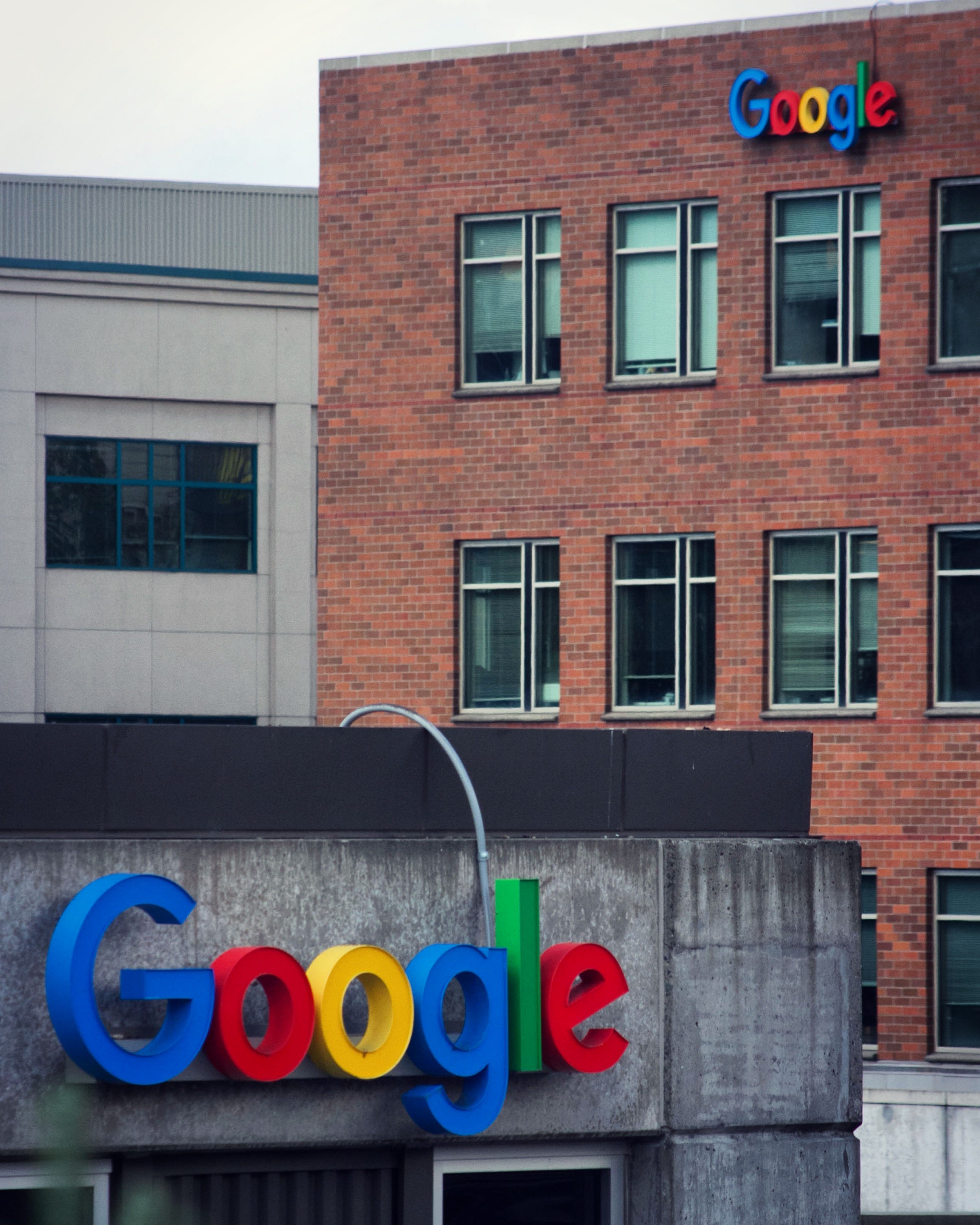

Cal Anderson Park
San Francisco ’hood equivalent: Dolores Park, Panhandle

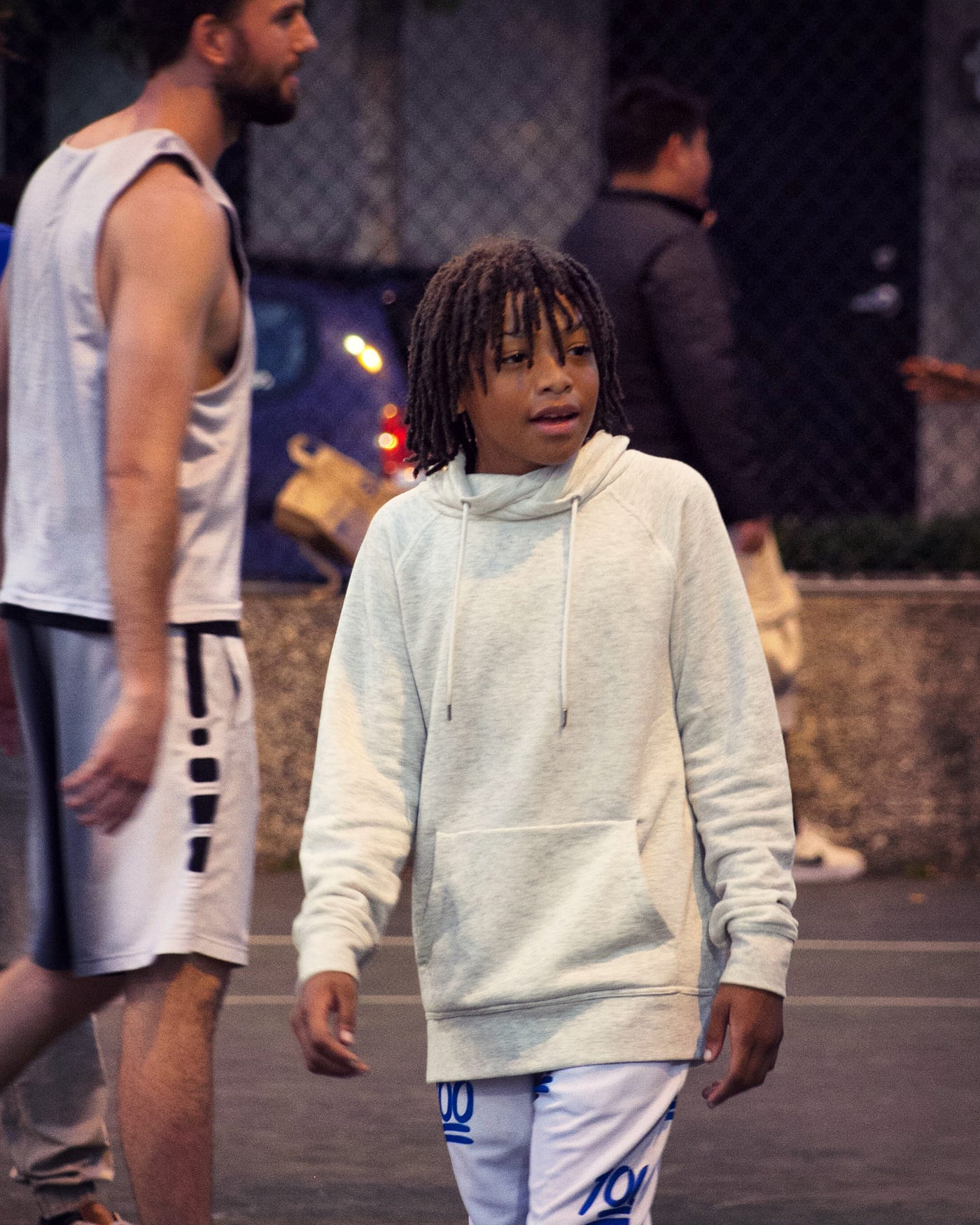
Cal Anderson Park is Capitol Hill’s front yard. There’s plenty of space for picnic blankets and day drinking — and on the weekend no shortage of either — but most locals seem to go for basketball, tennis, soccer or acro-yoga.
The class-B hipster uniform of hooded sweatshirt and blue jeans will get you far in Seattle, but if you want to hang out in Cal Anderson, you might want to invest in more athletic apparel or more athletic friends.

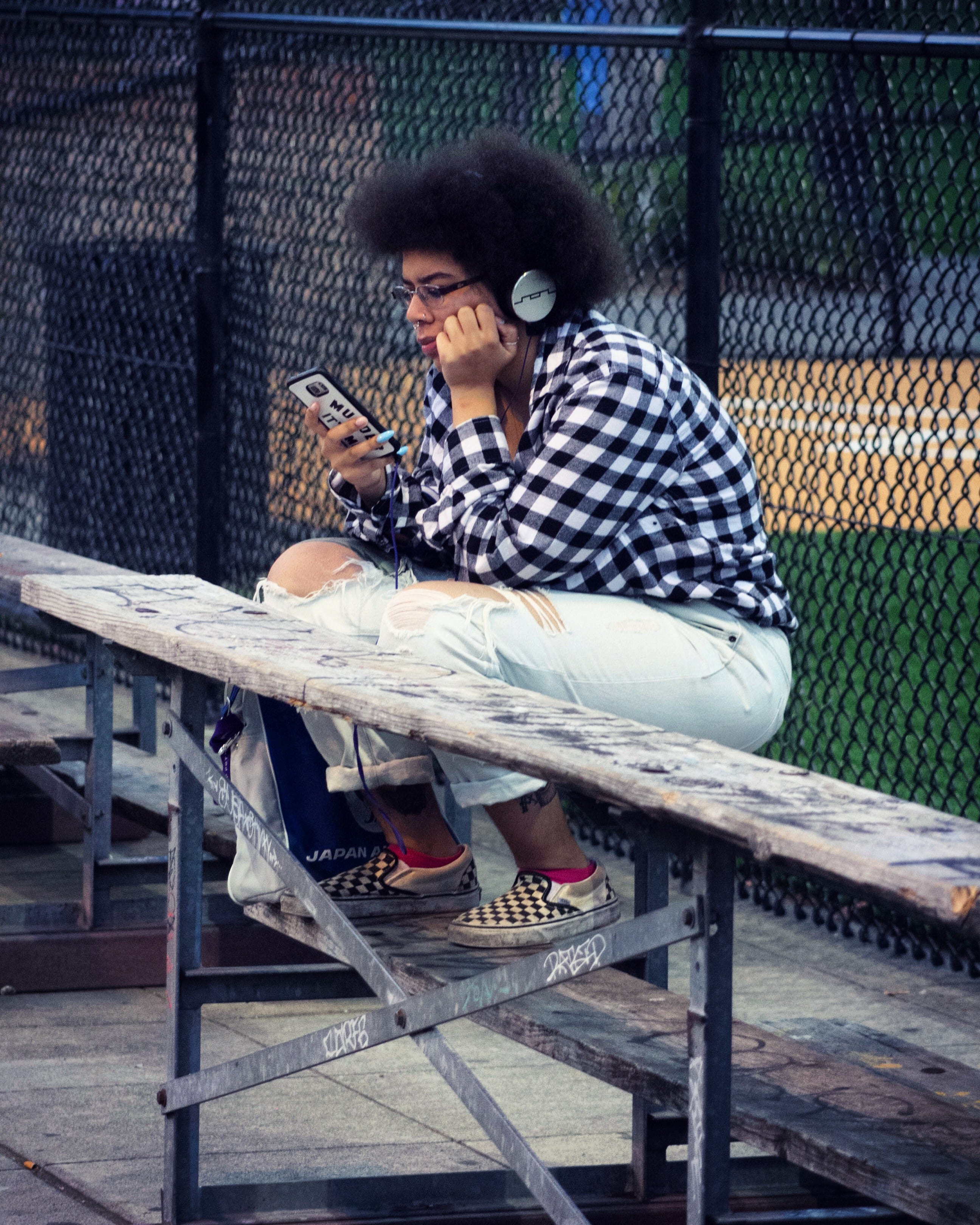
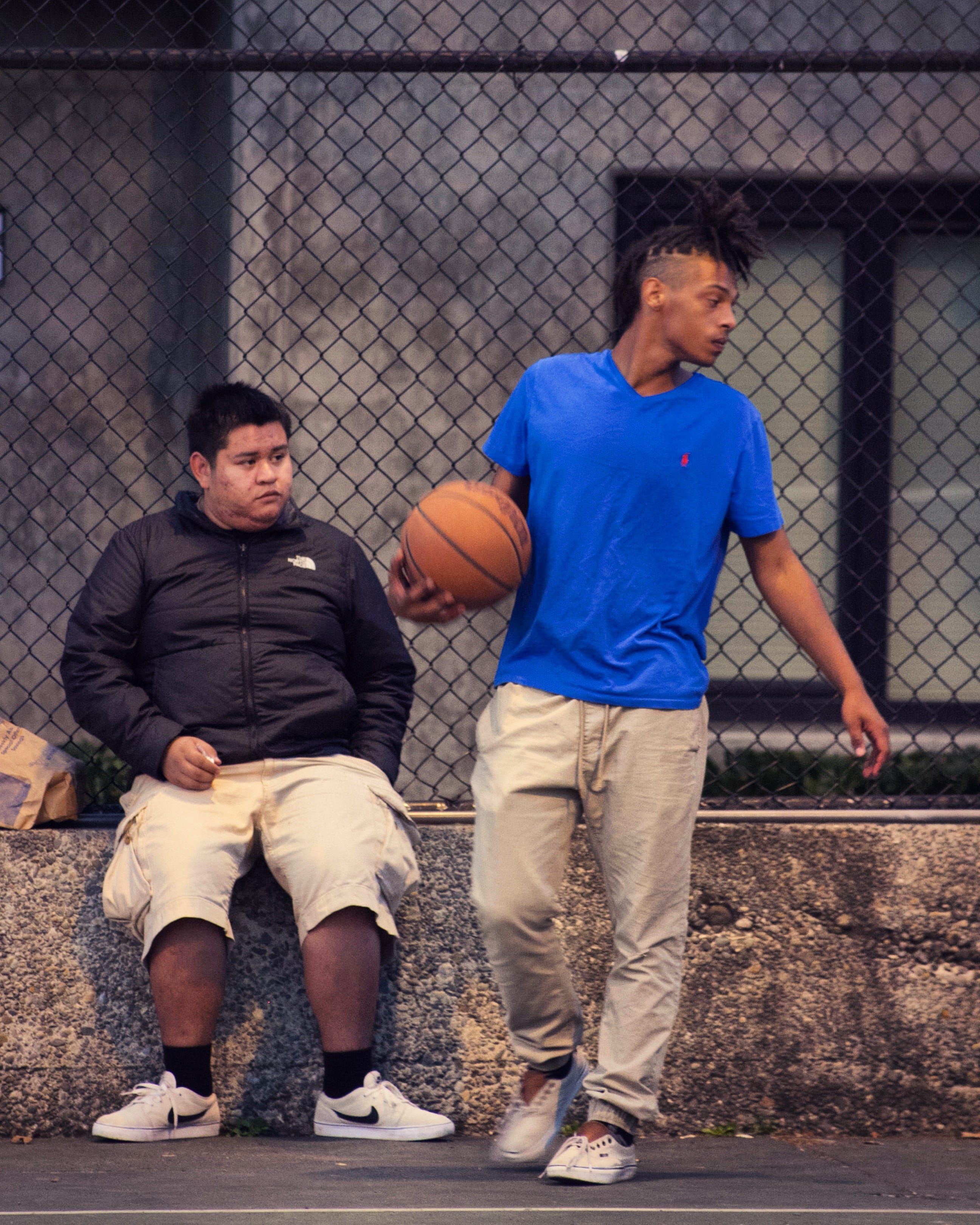

Ferry Terminal
San Francisco ’hood equivalent: Caltrain Depot
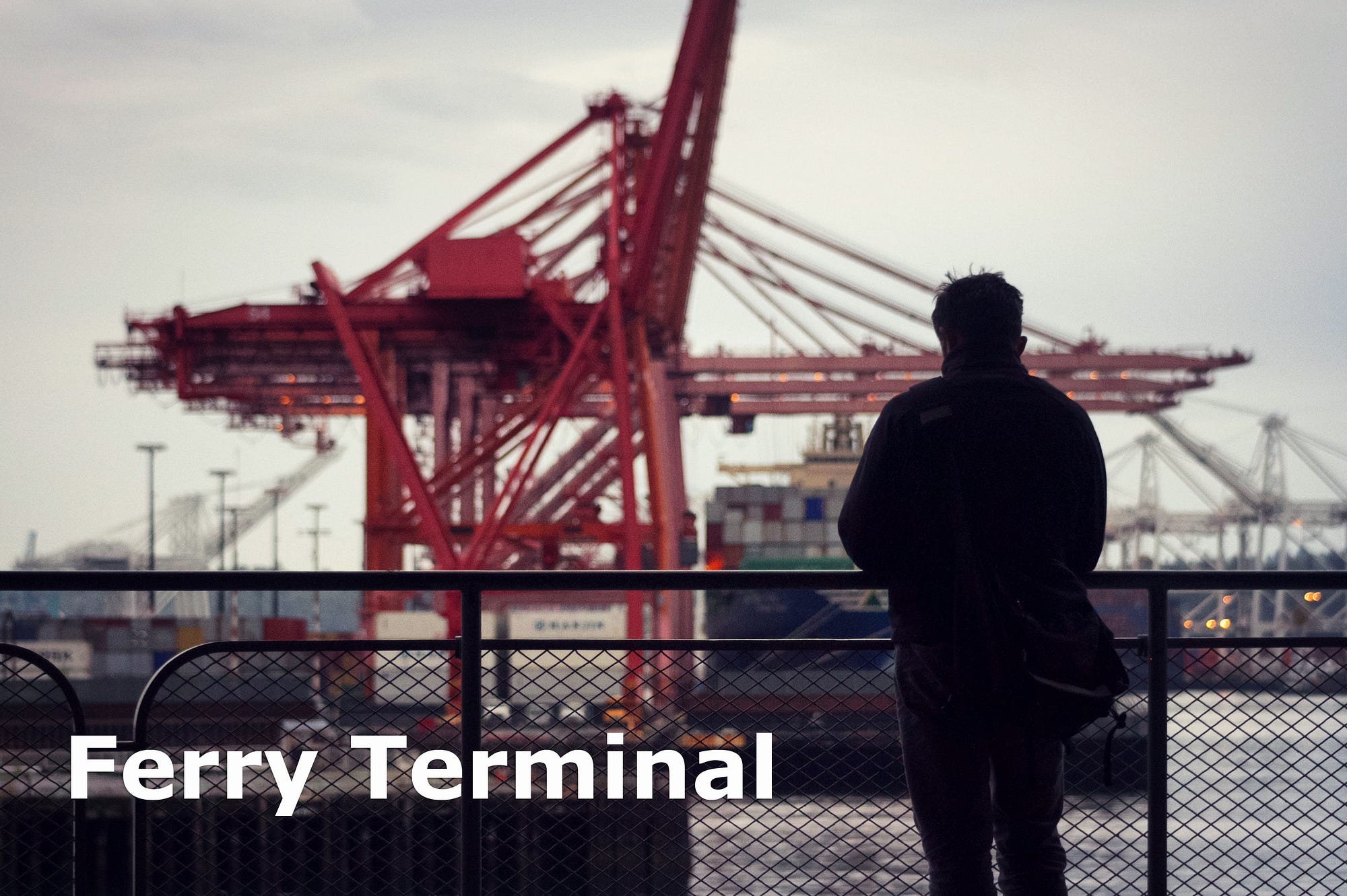
Four p.m. … 5:00 p.m. … 6:00 p.m. … the huddled mass of commuters gather, engaged in the weary task of waiting. Waiting for the ferry to Bremerton or Bainbridge. Waiting to get out of the city. Waiting to get home. Just plain waiting.
Well, at least like on Caltrain, you can bring your own booze, and no one will give you guff for it.
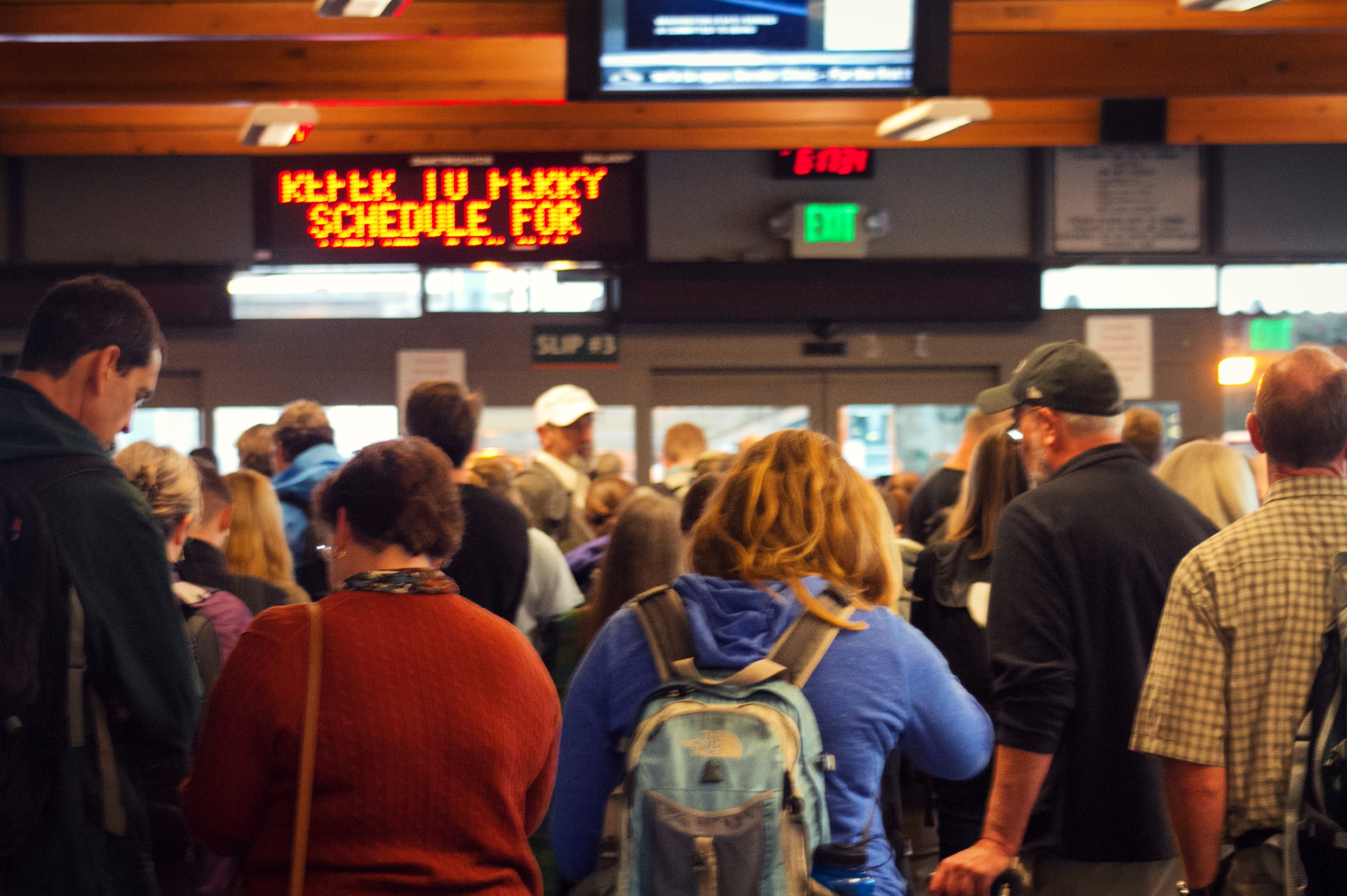
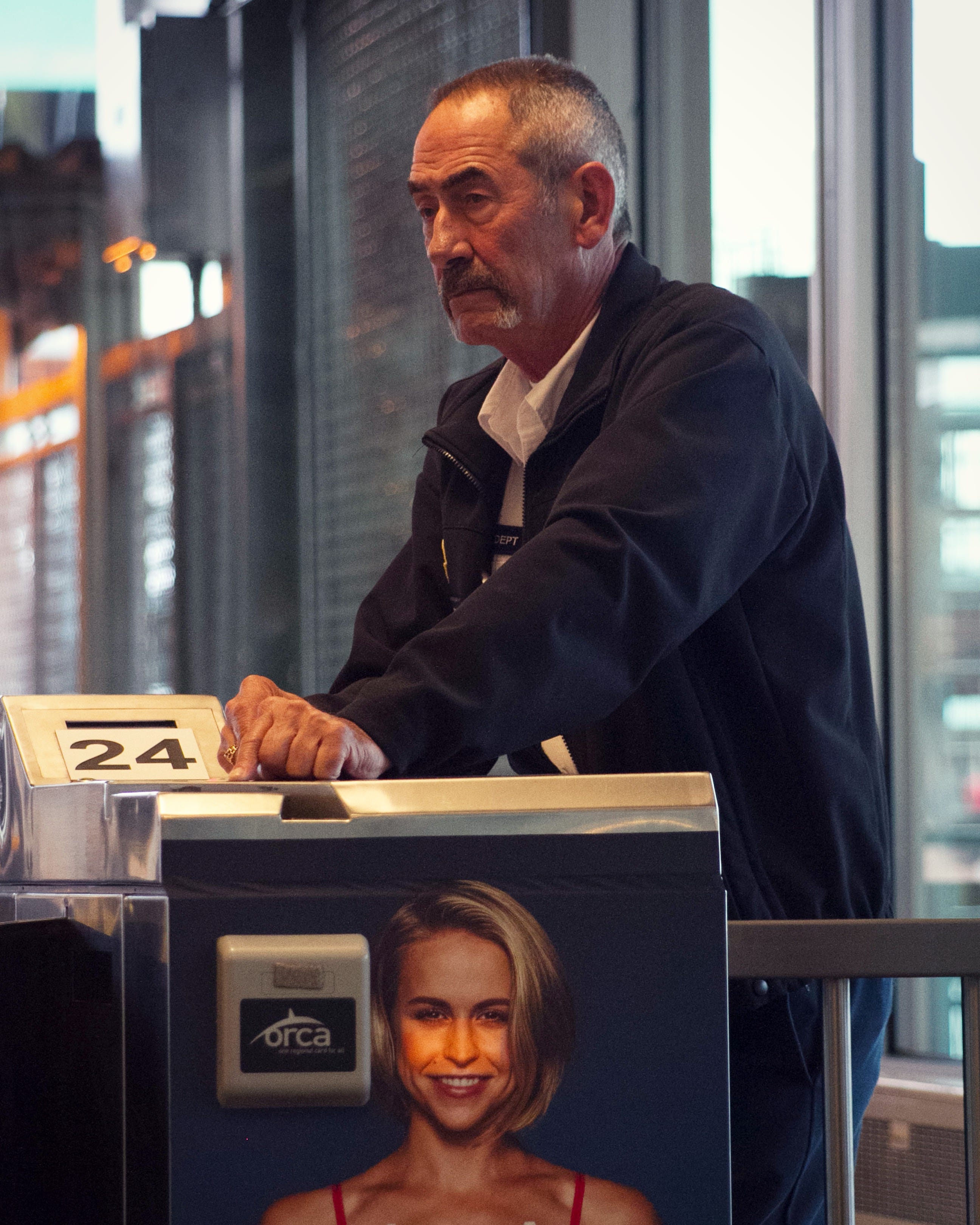

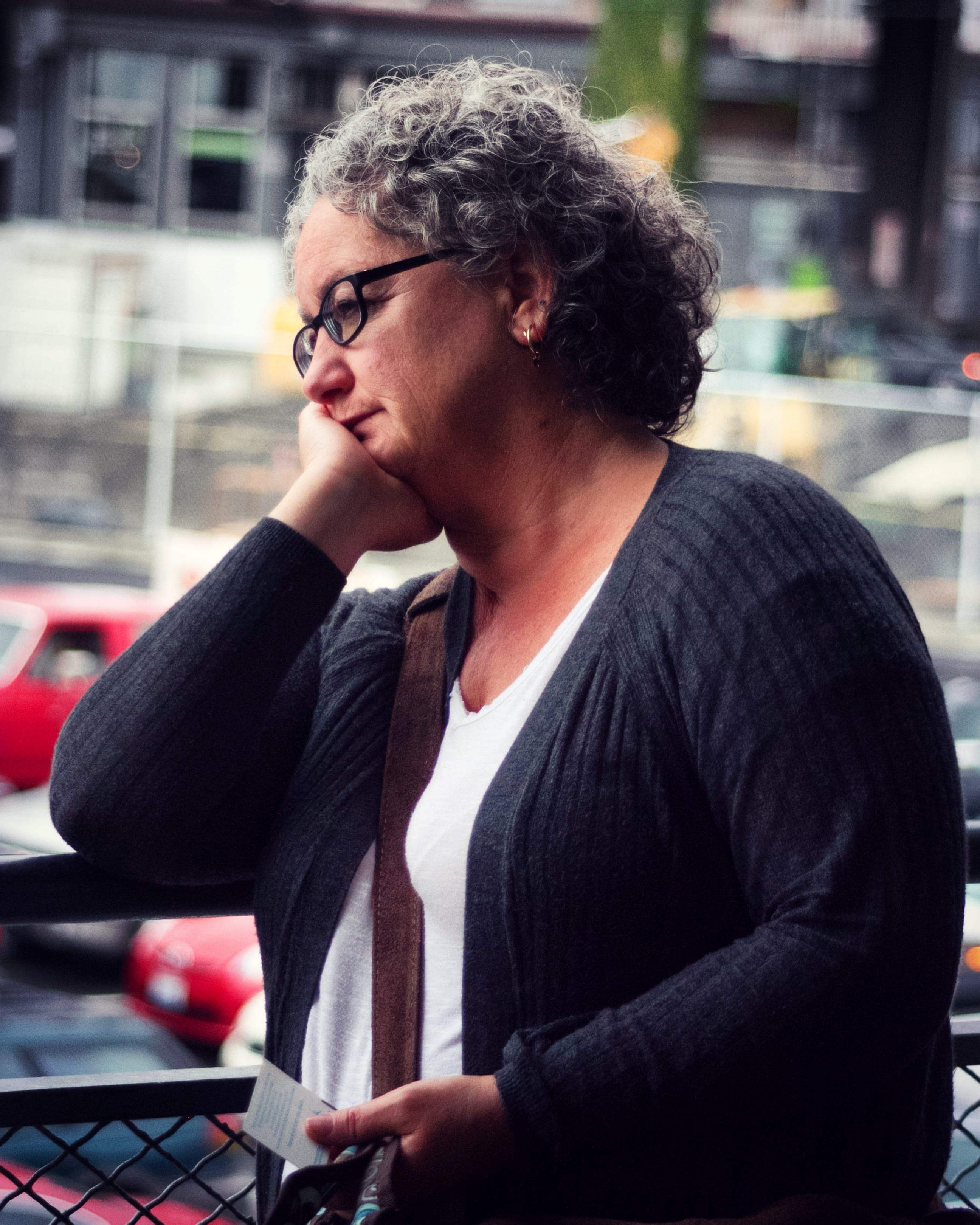

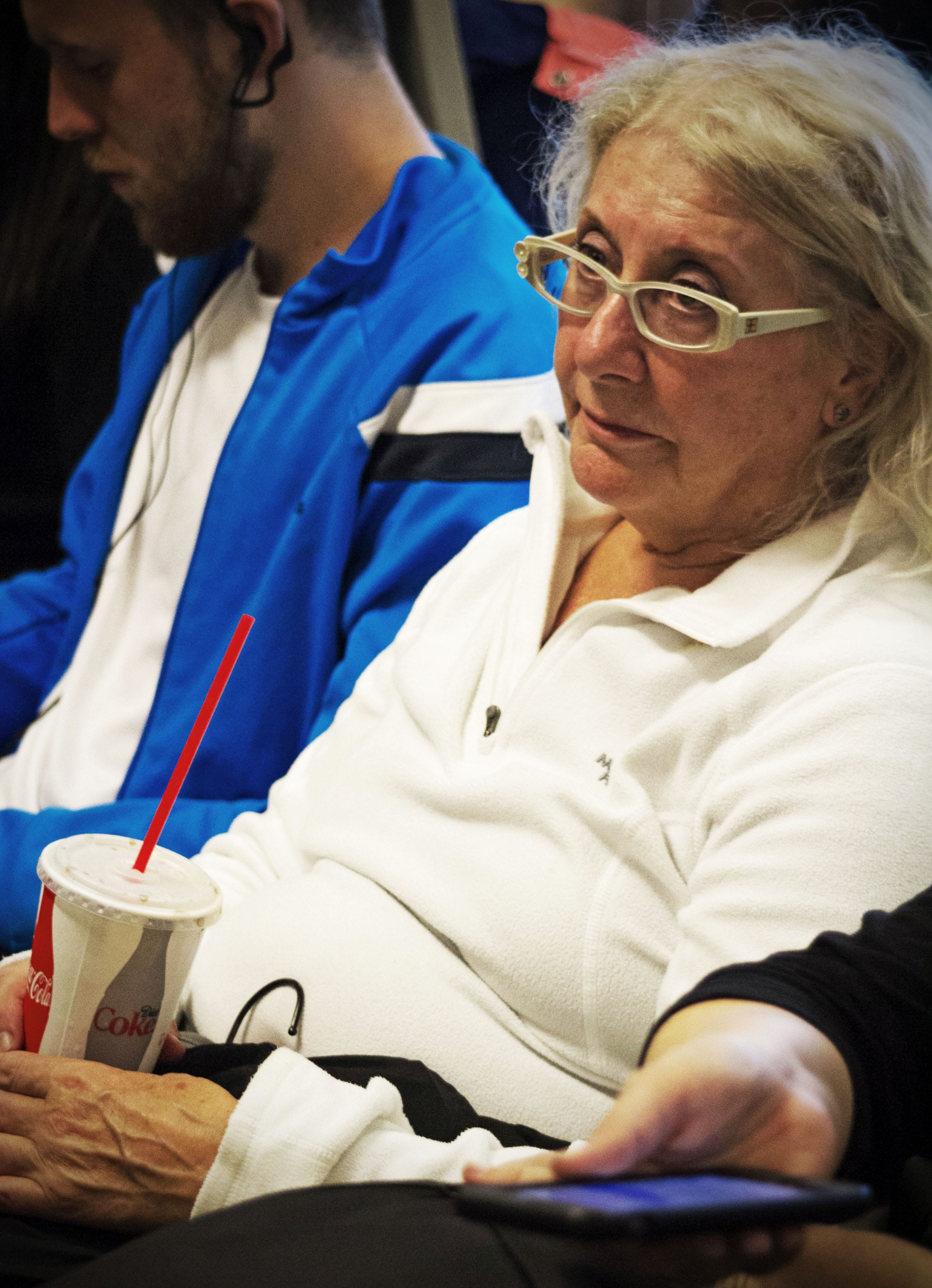
And lastly …
Neon
San Francisco ’hood equivalent: North Beach, Mission
OH. MY. GOD. Seattle rocks at neon. Seriously. San Francisco has a few showstoppers around Columbus and Grant Avenues in North Beach and some nicely done storefronts in the Mission, but we don’t have anything close to the amount of fluorescent-glowing gas strewn with casual abandon about Seattle’s every neighborhood.
Just looking at these signs makes me want to cut loose with a mackerel, a margarita and a six pack of Robitussin.
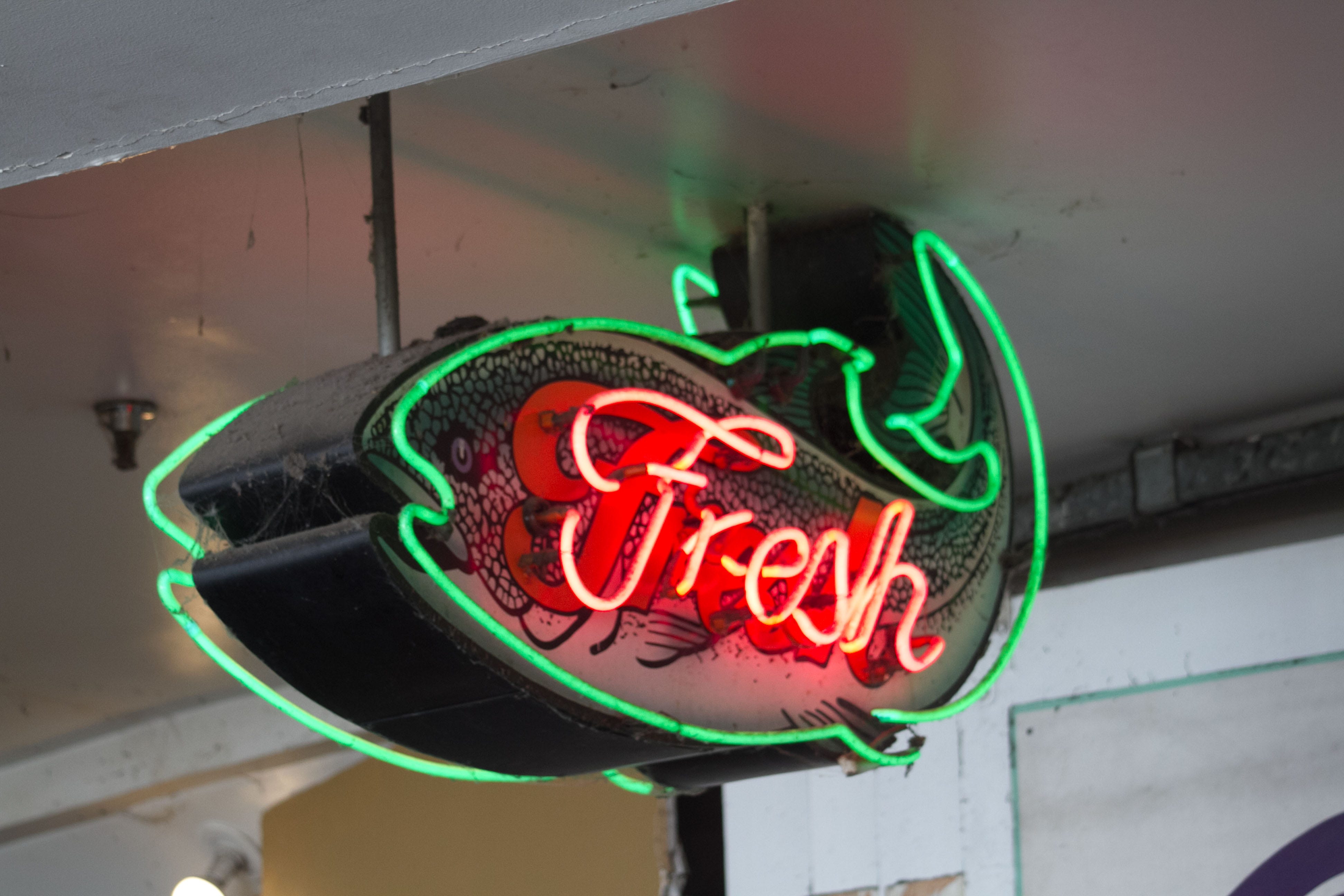

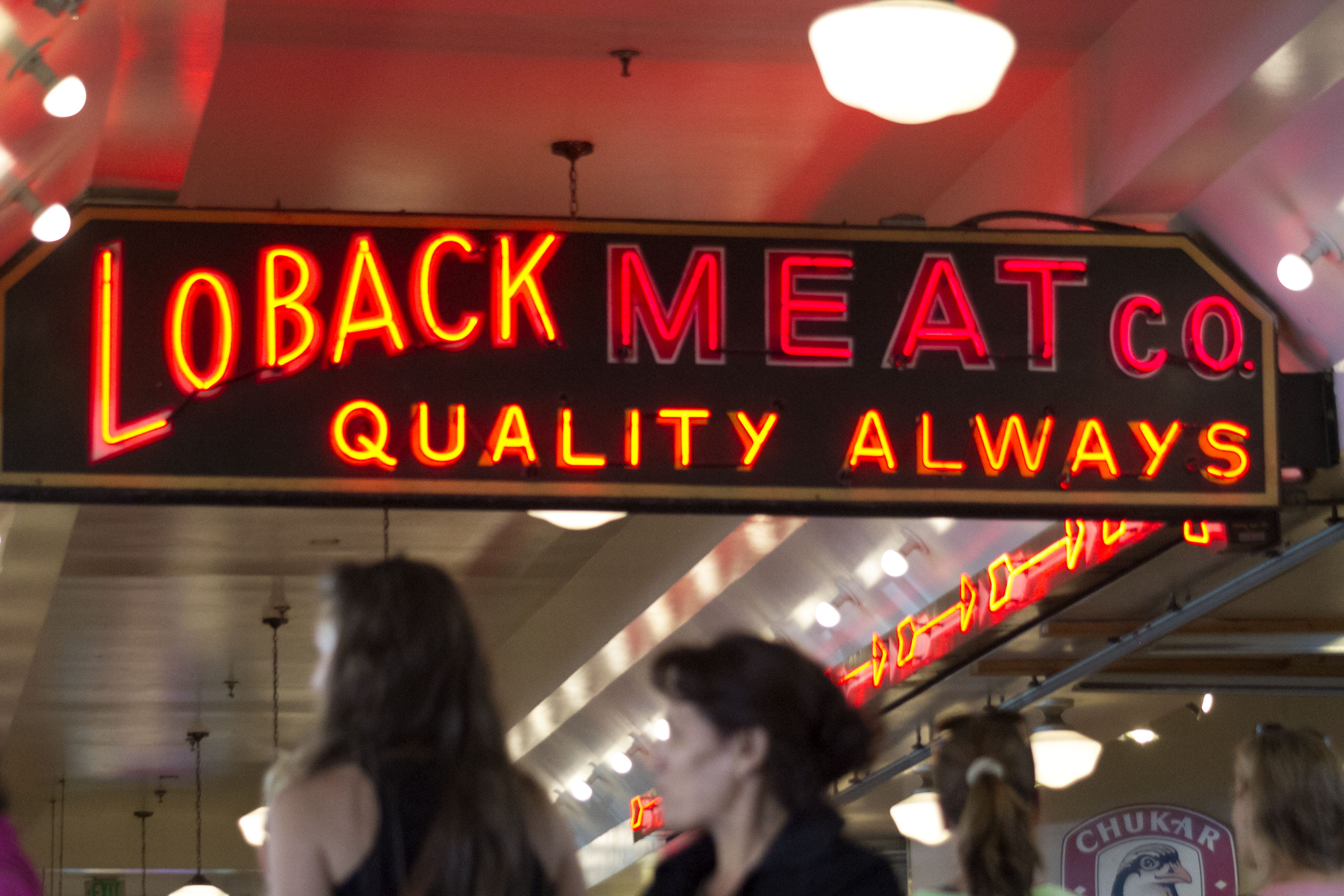

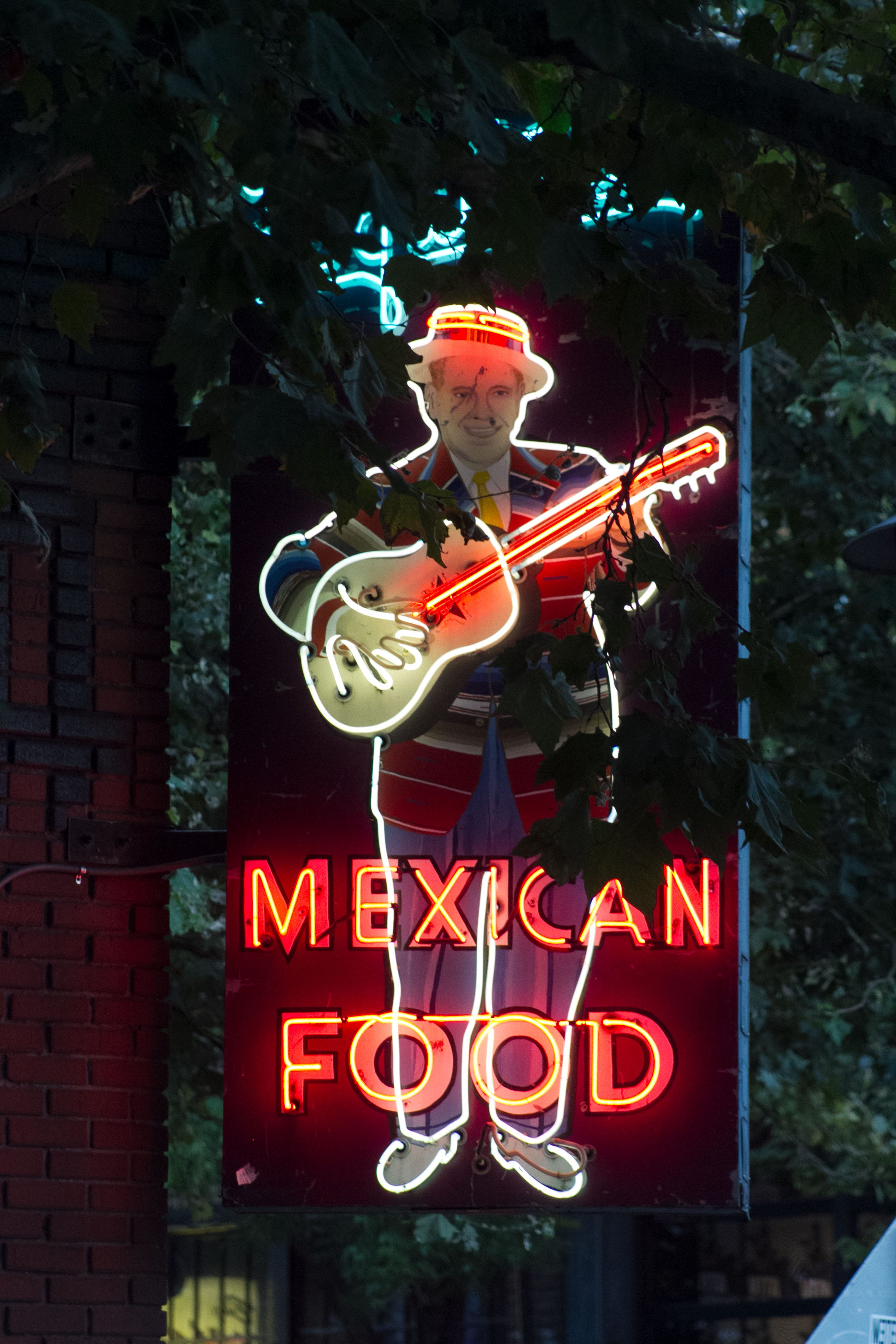
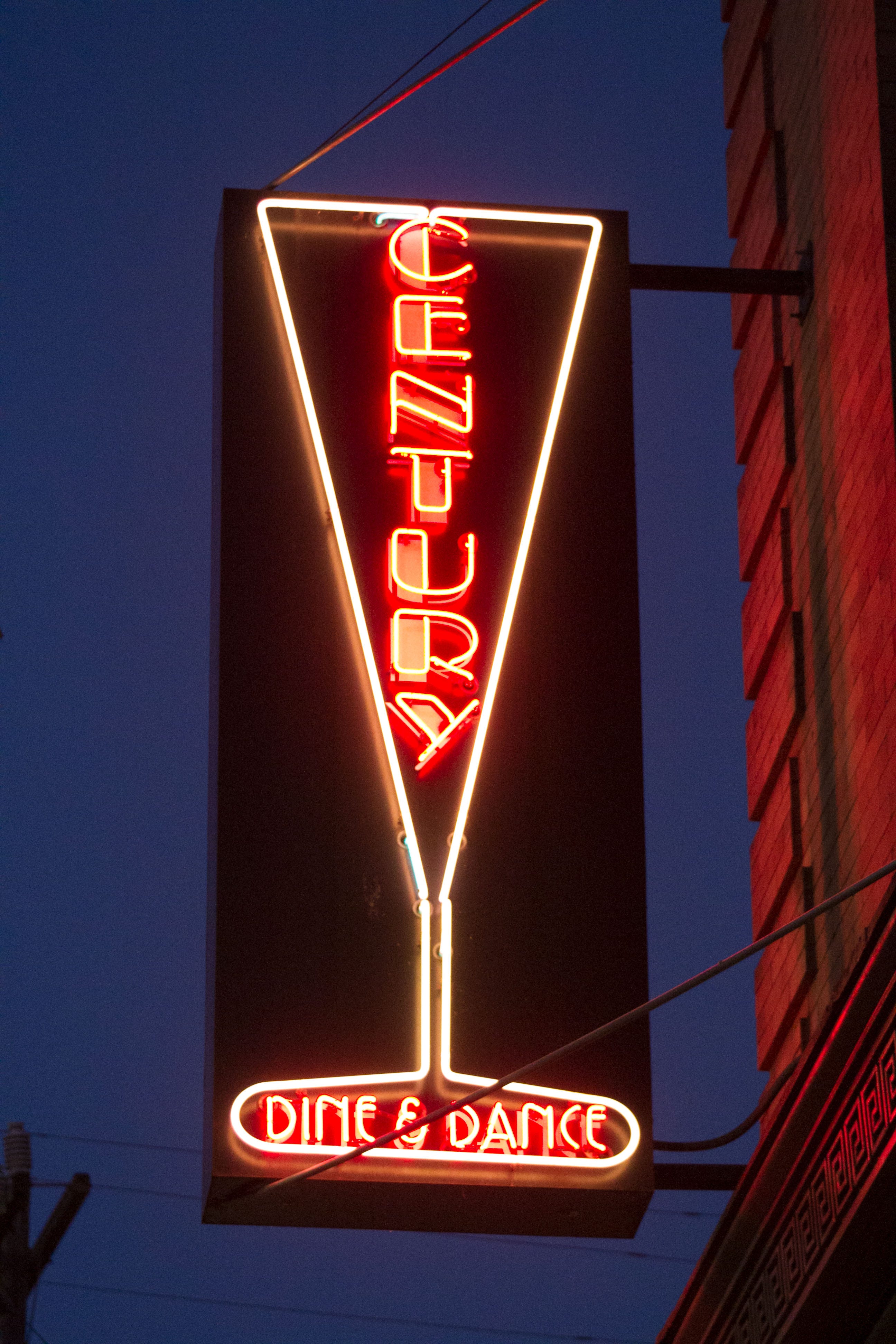

Do you have strong feelings about San Francisco’s neighborhood counterparts in Seattle? Throw down in the comments.



